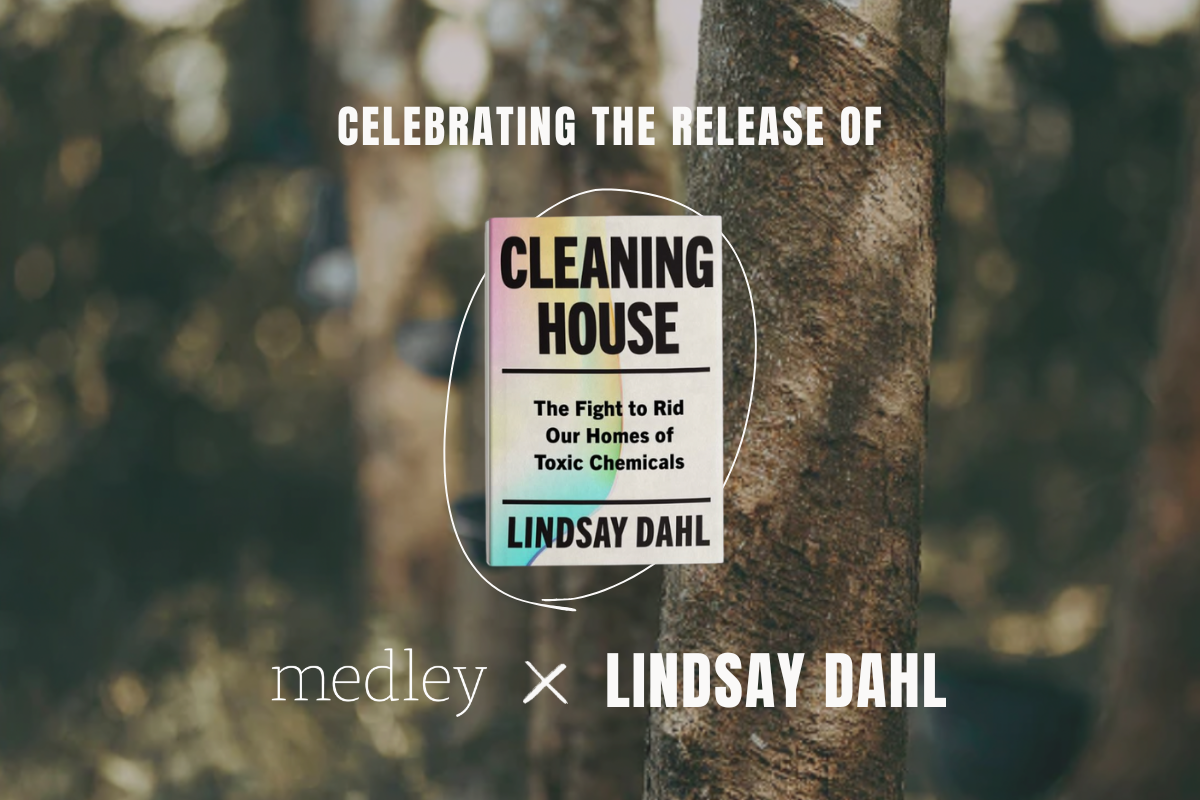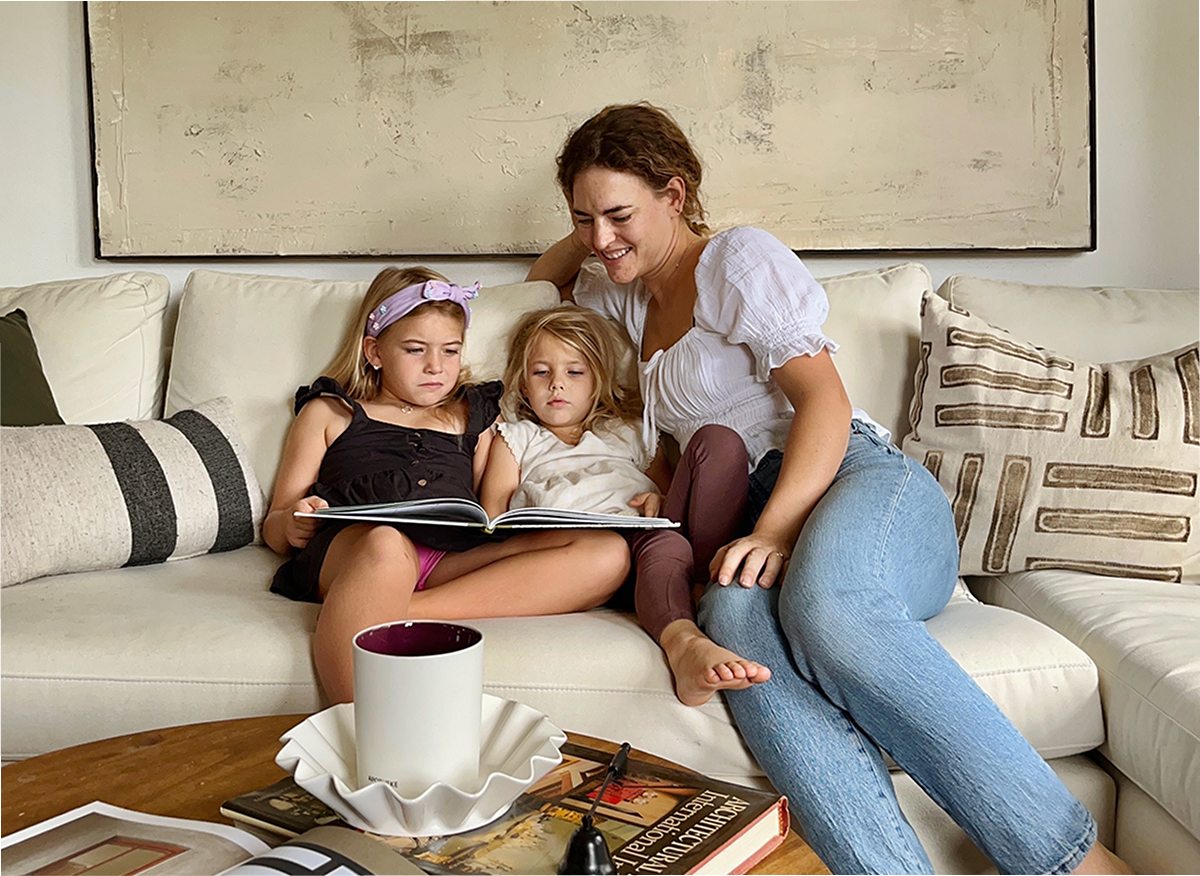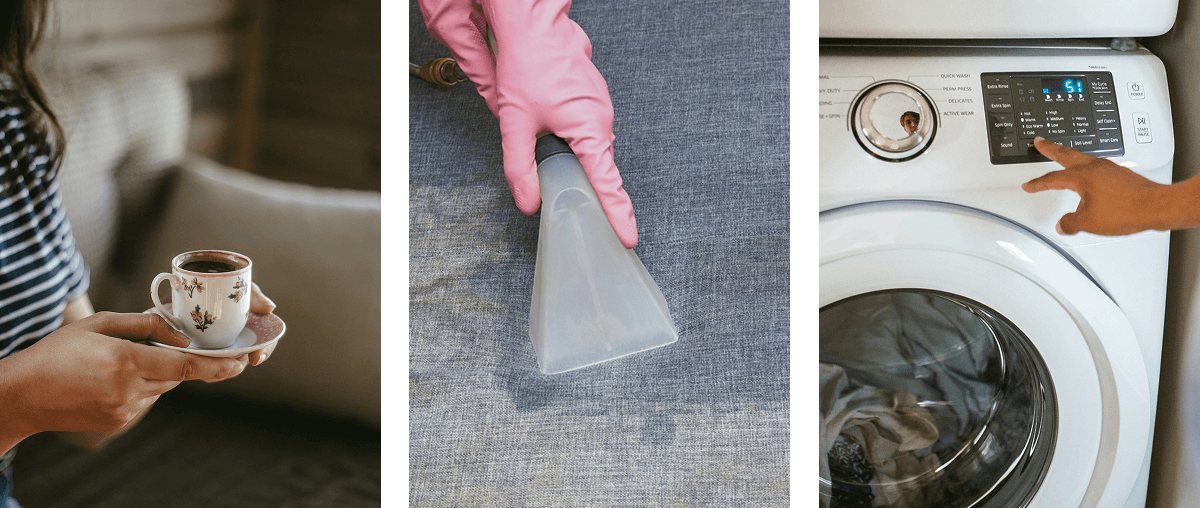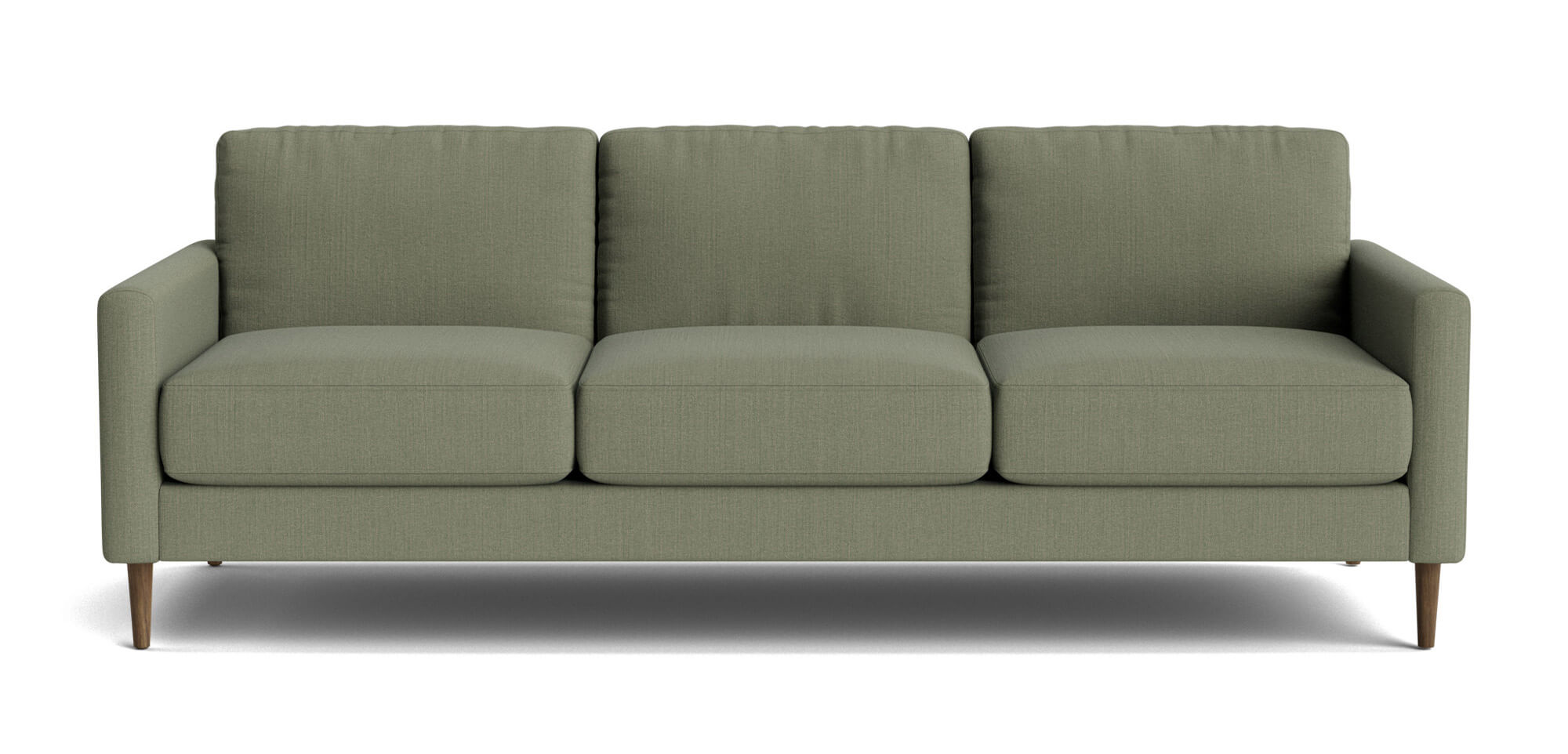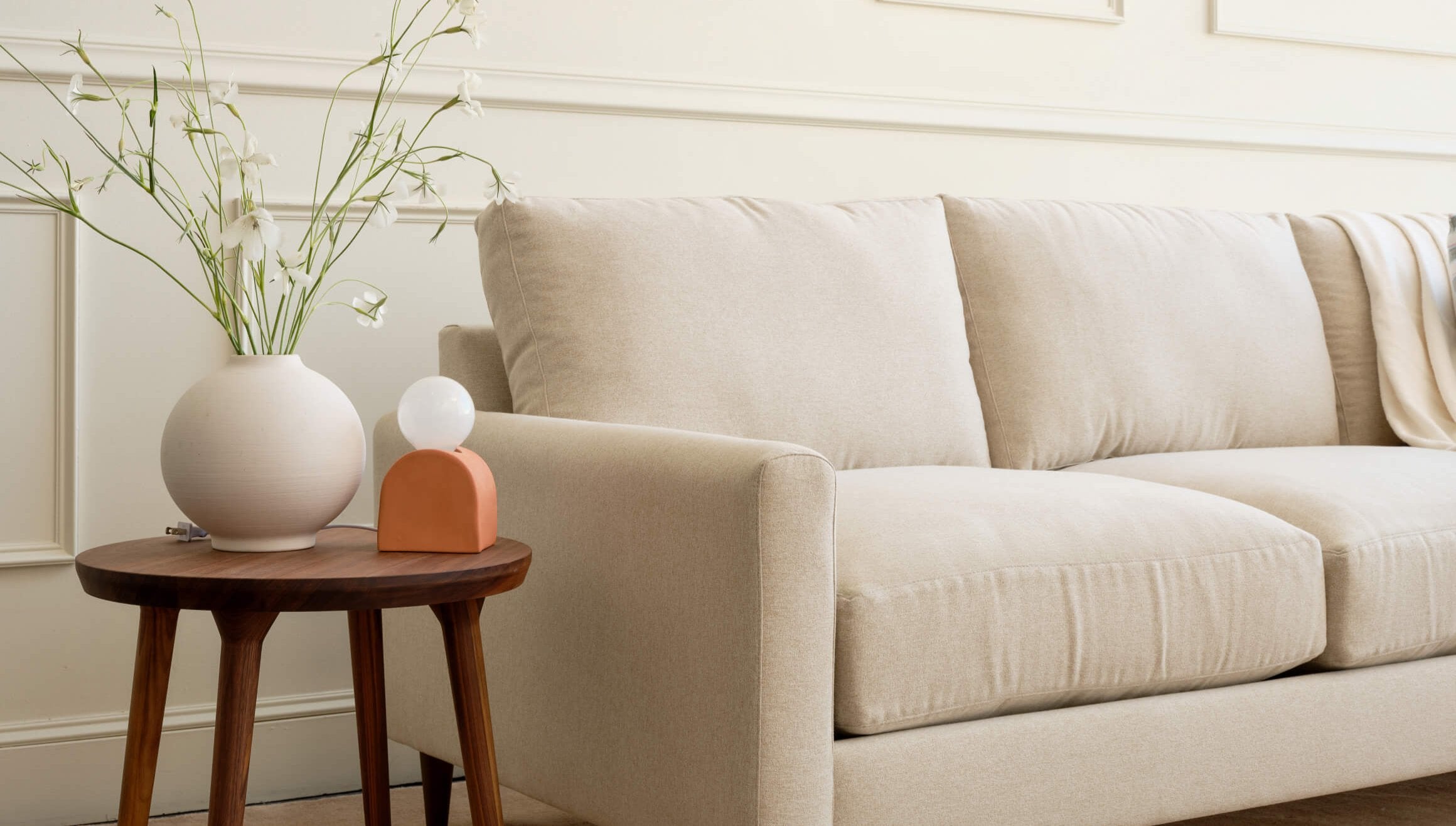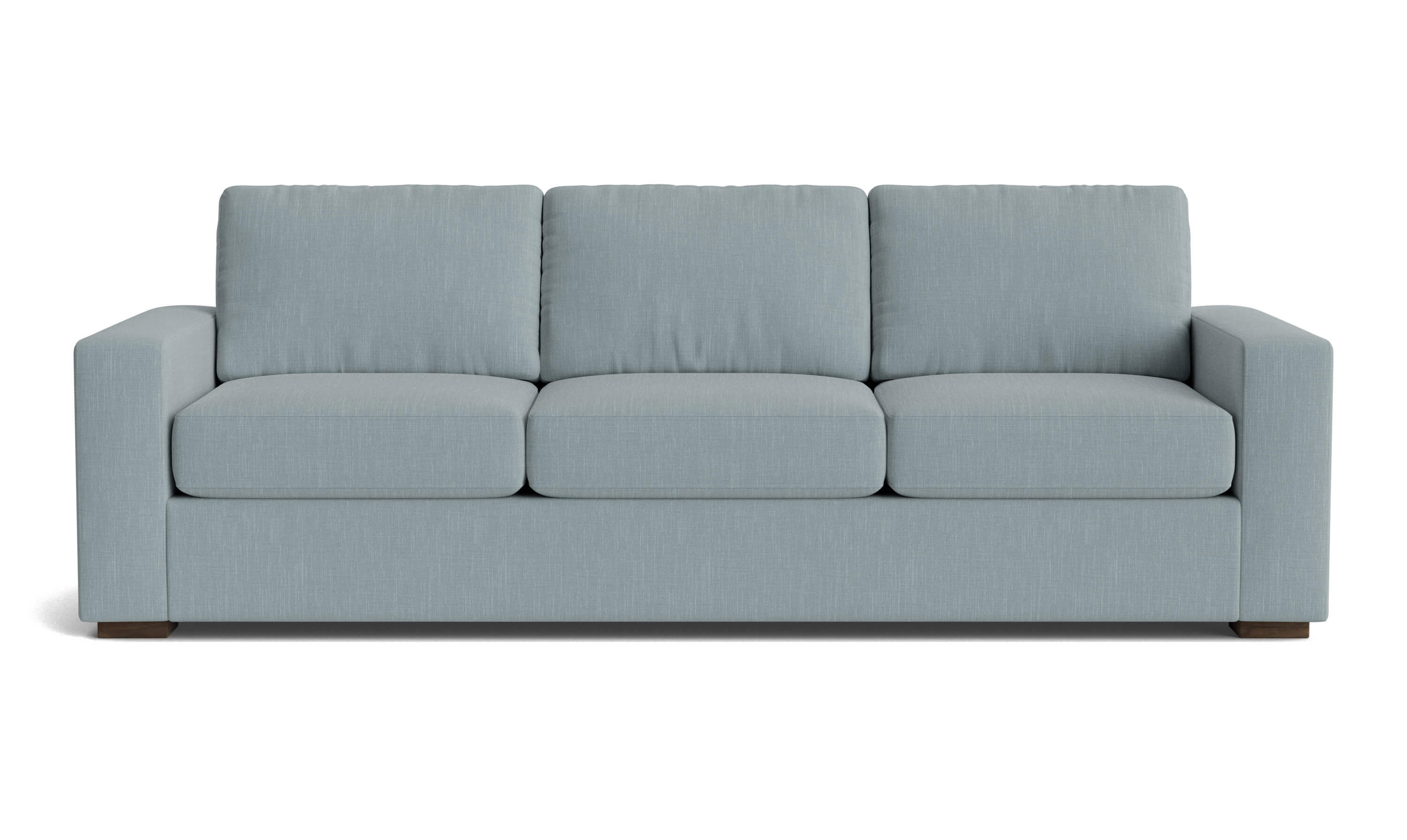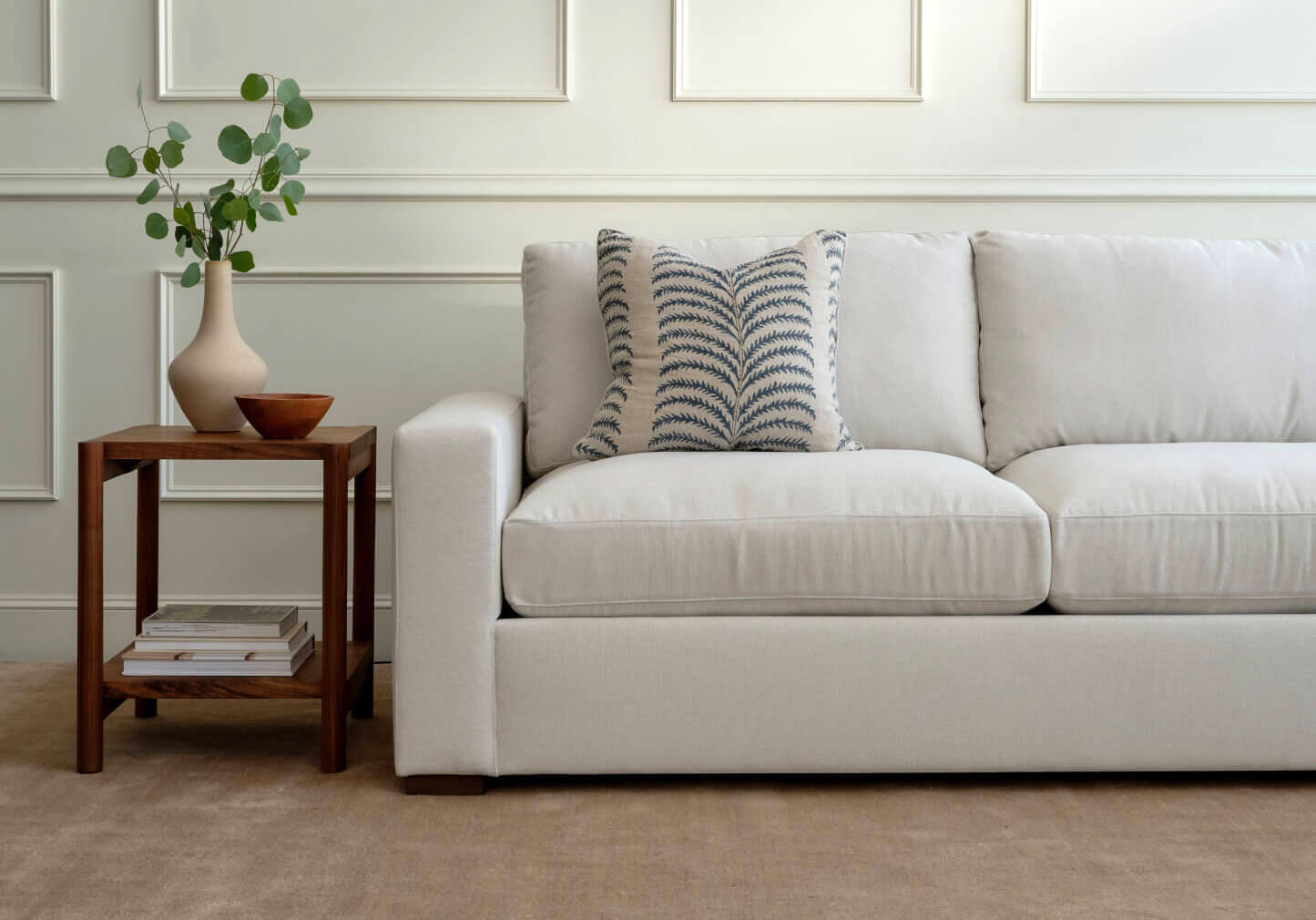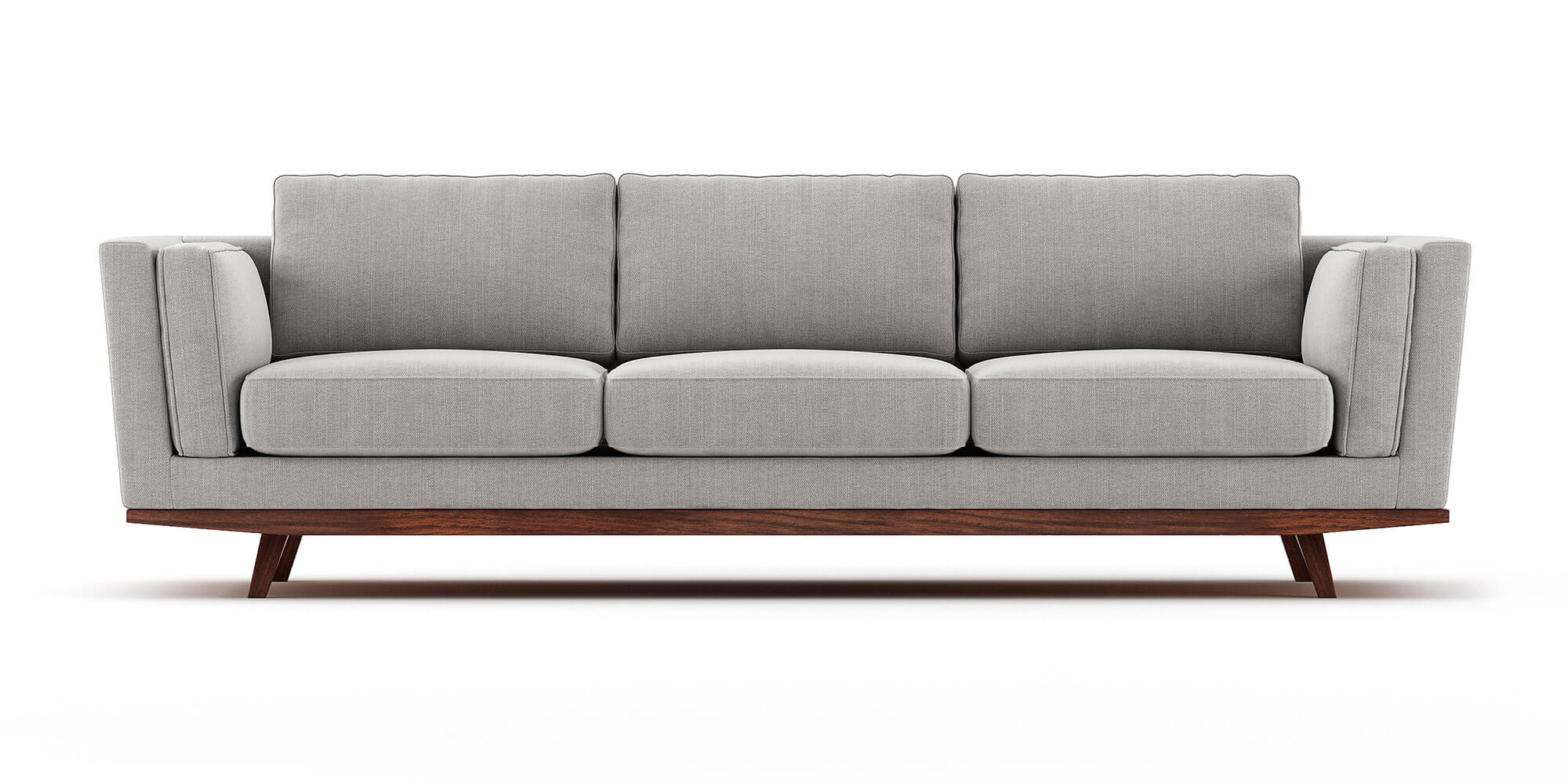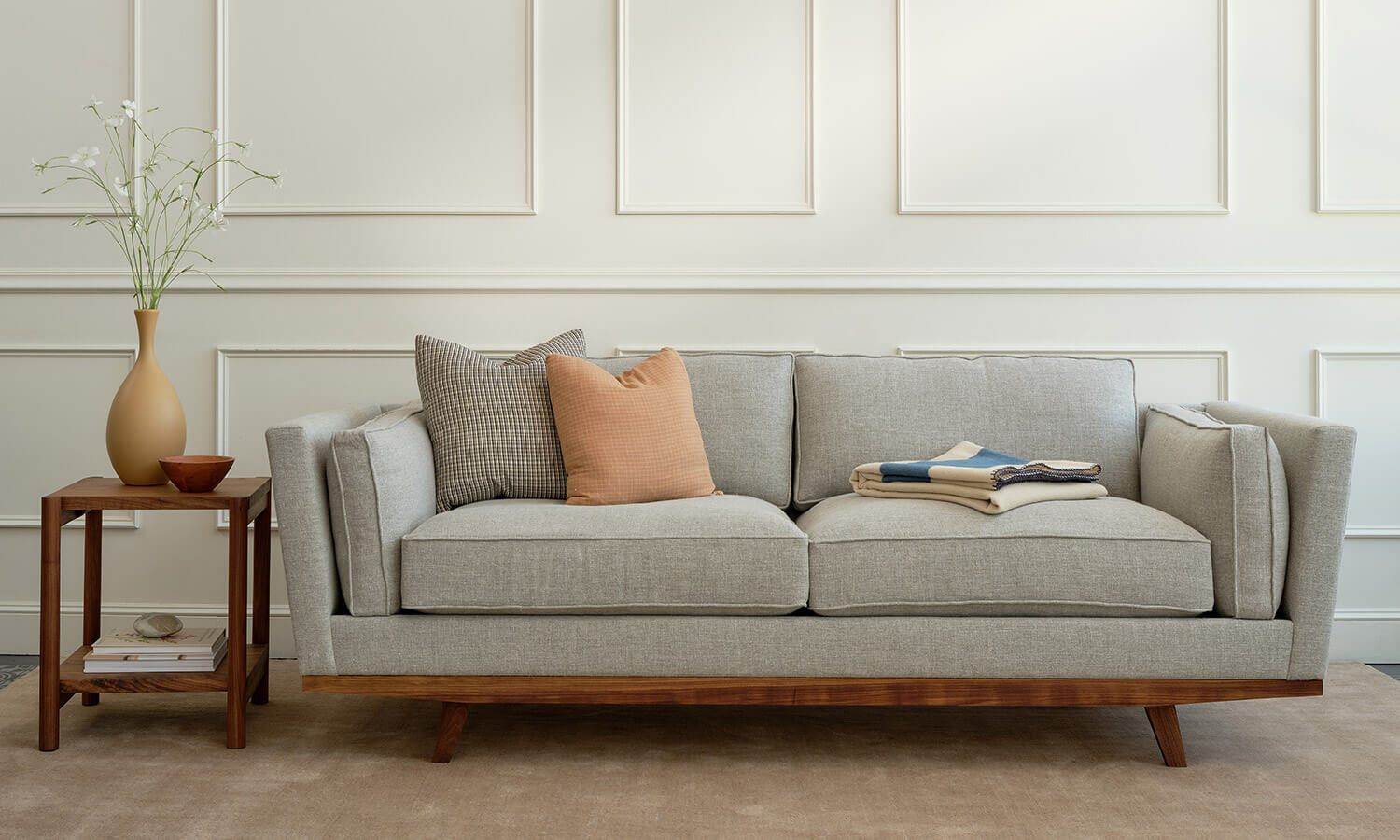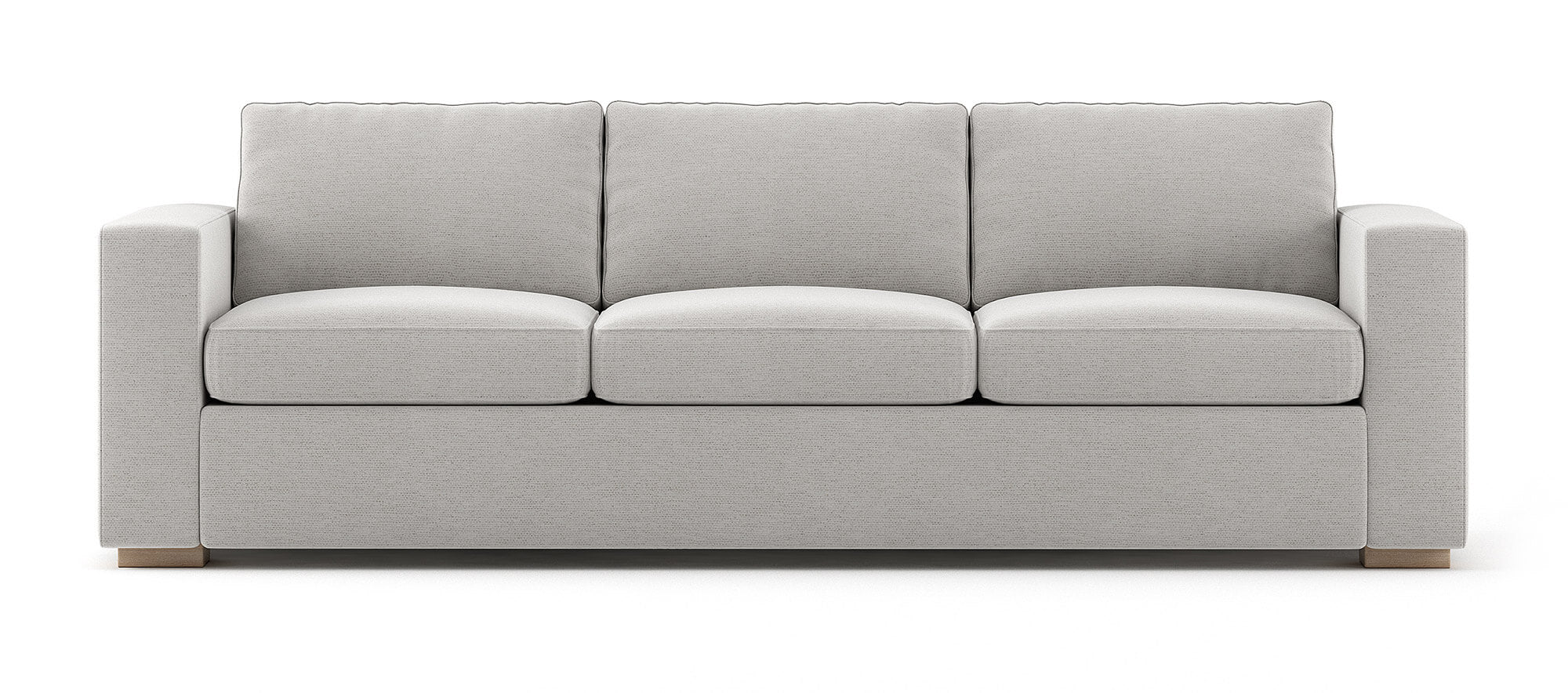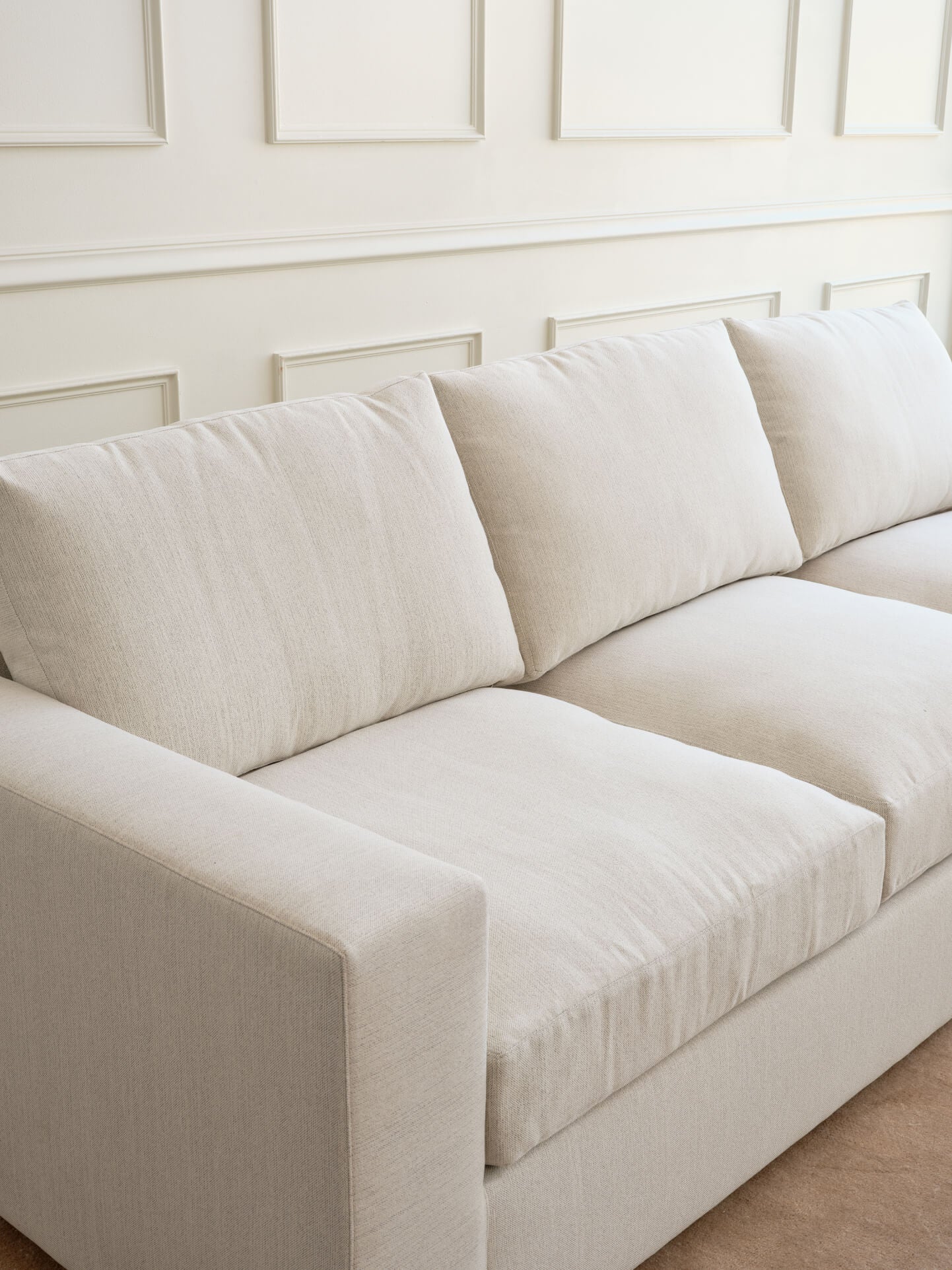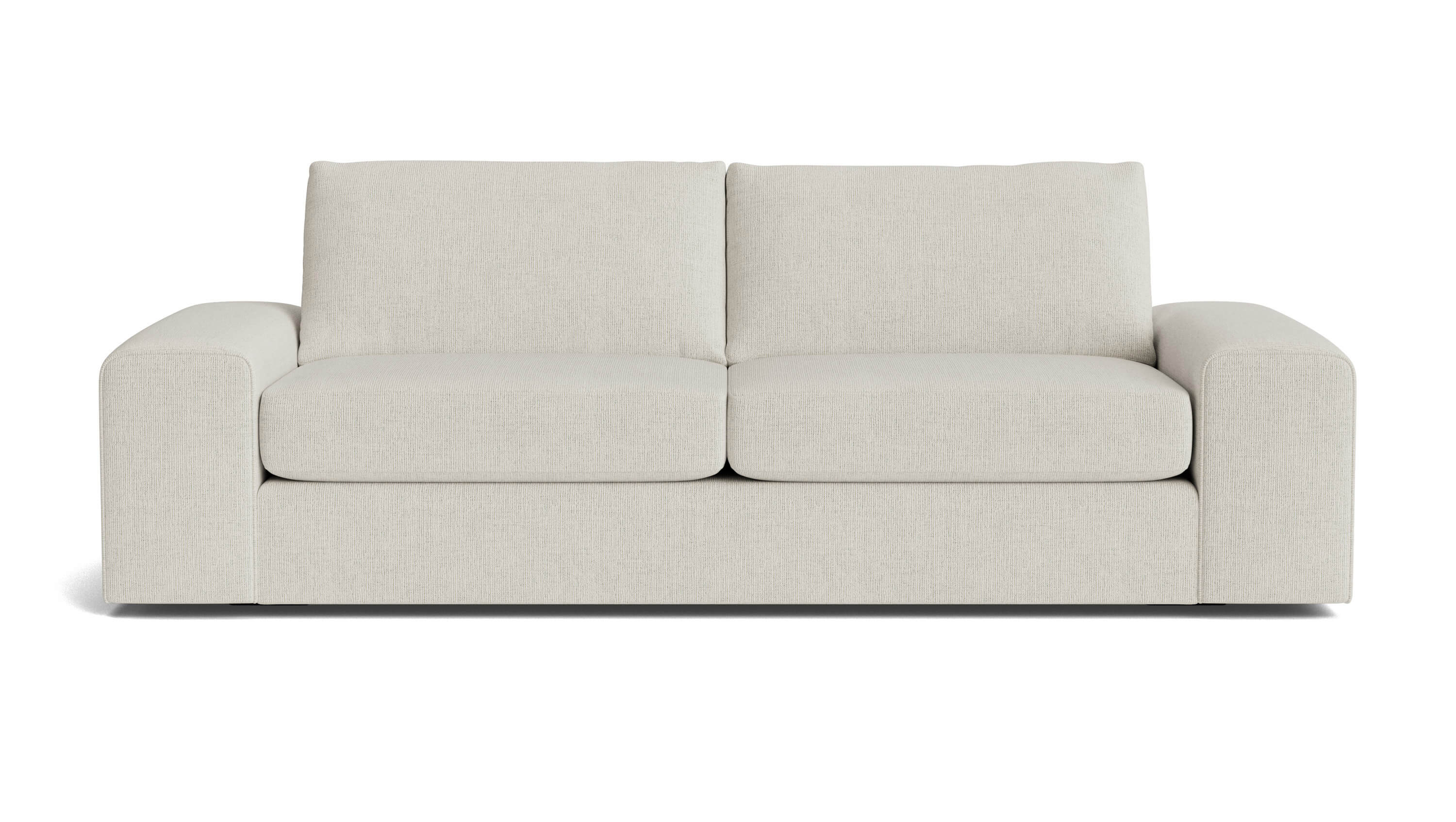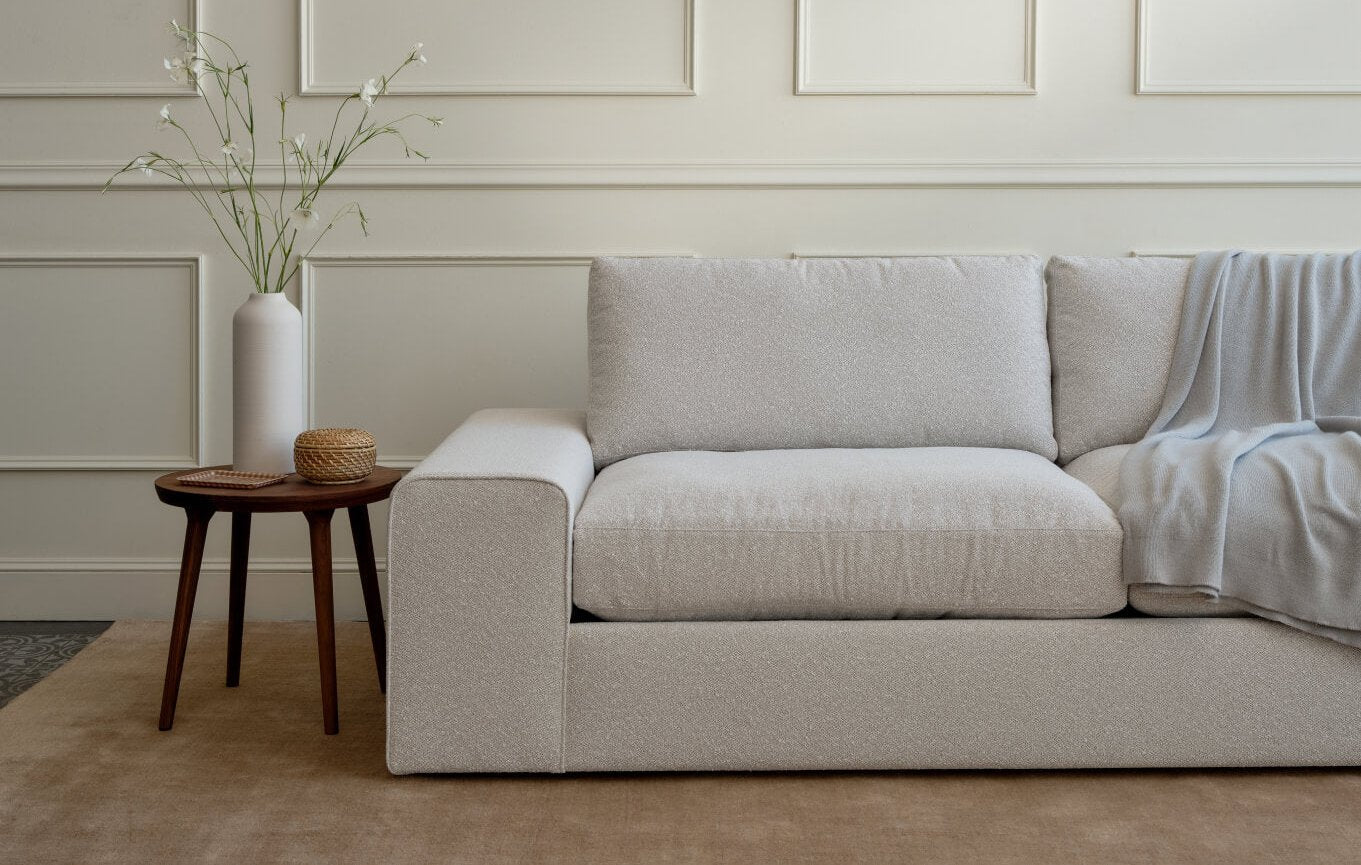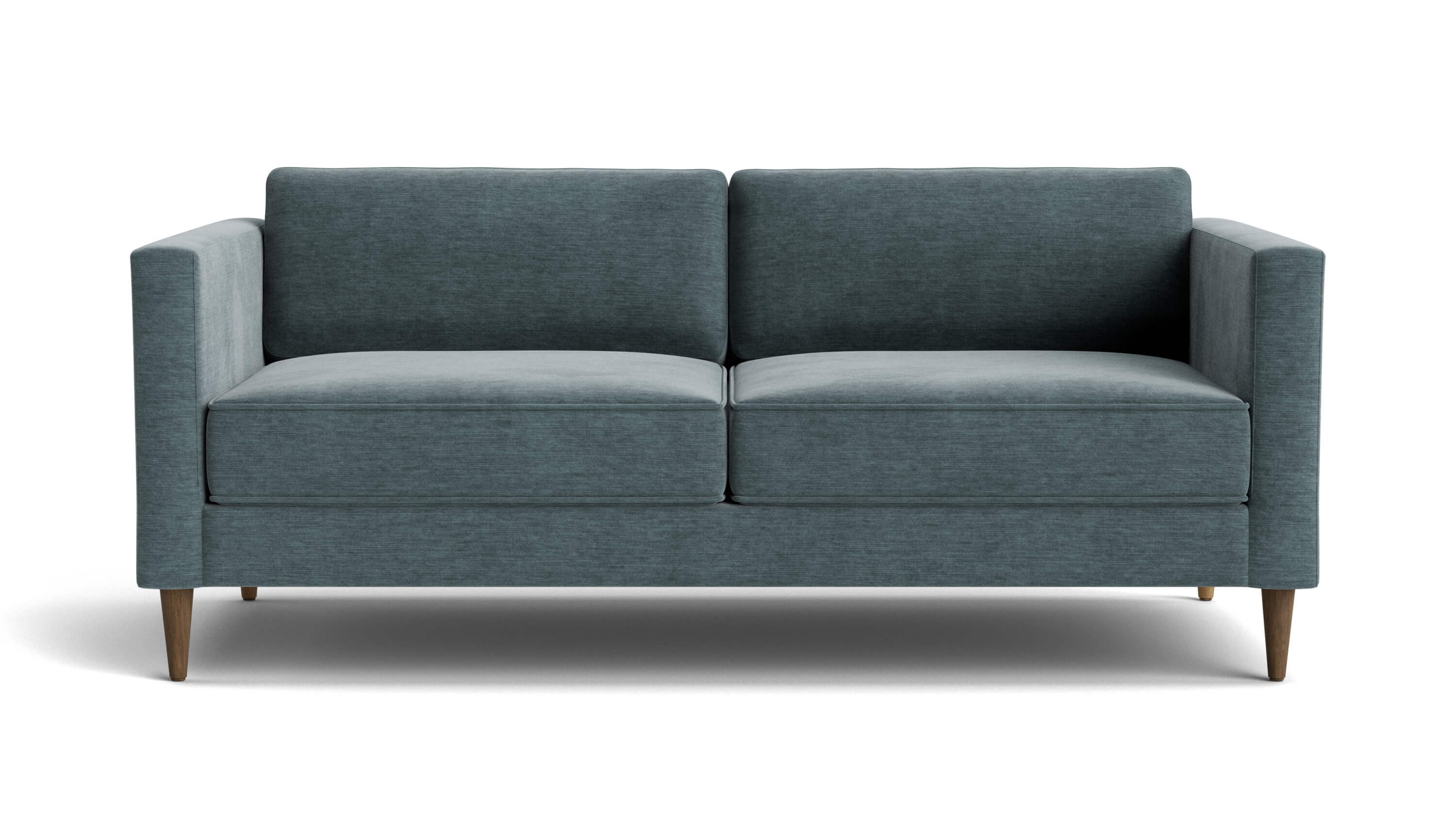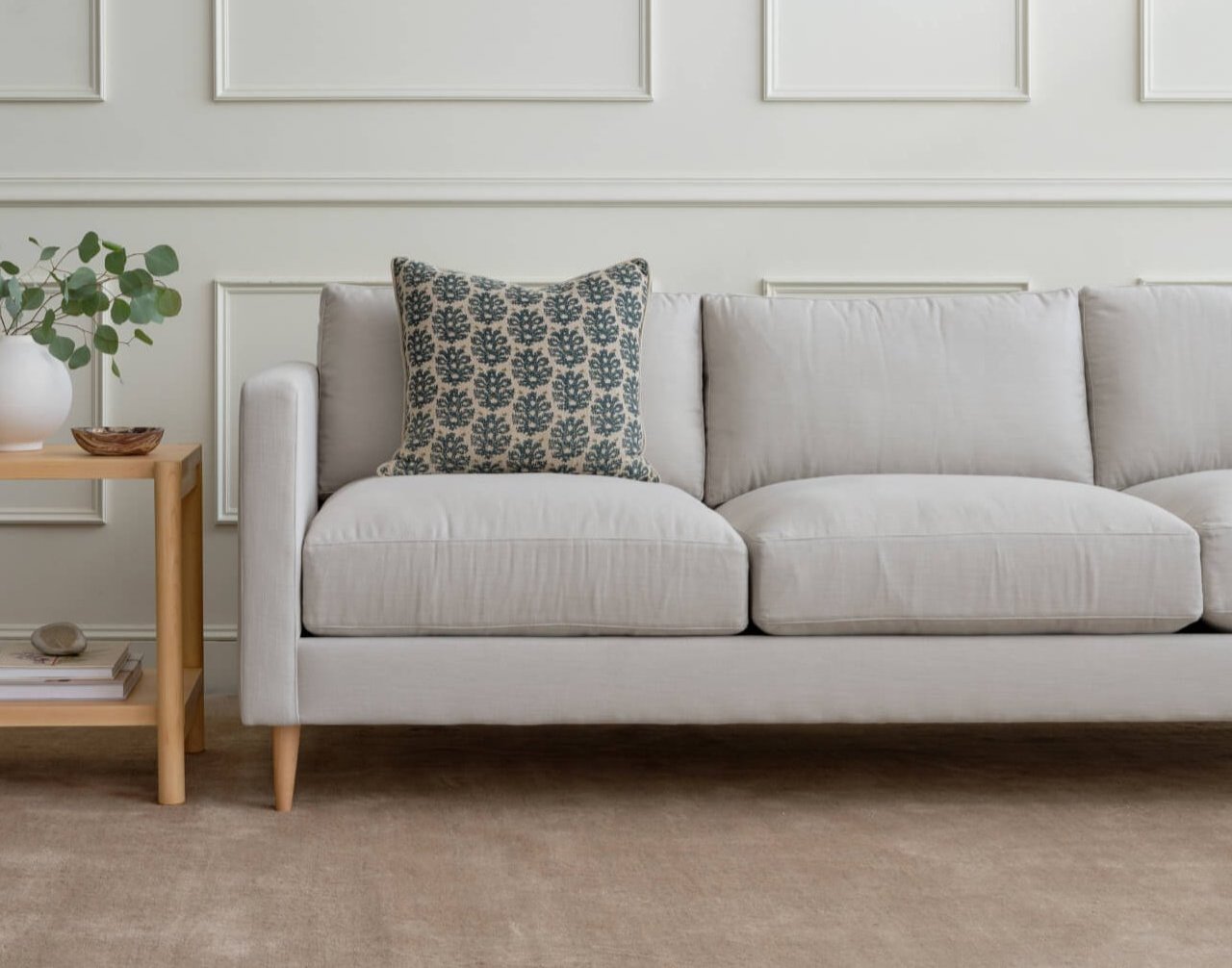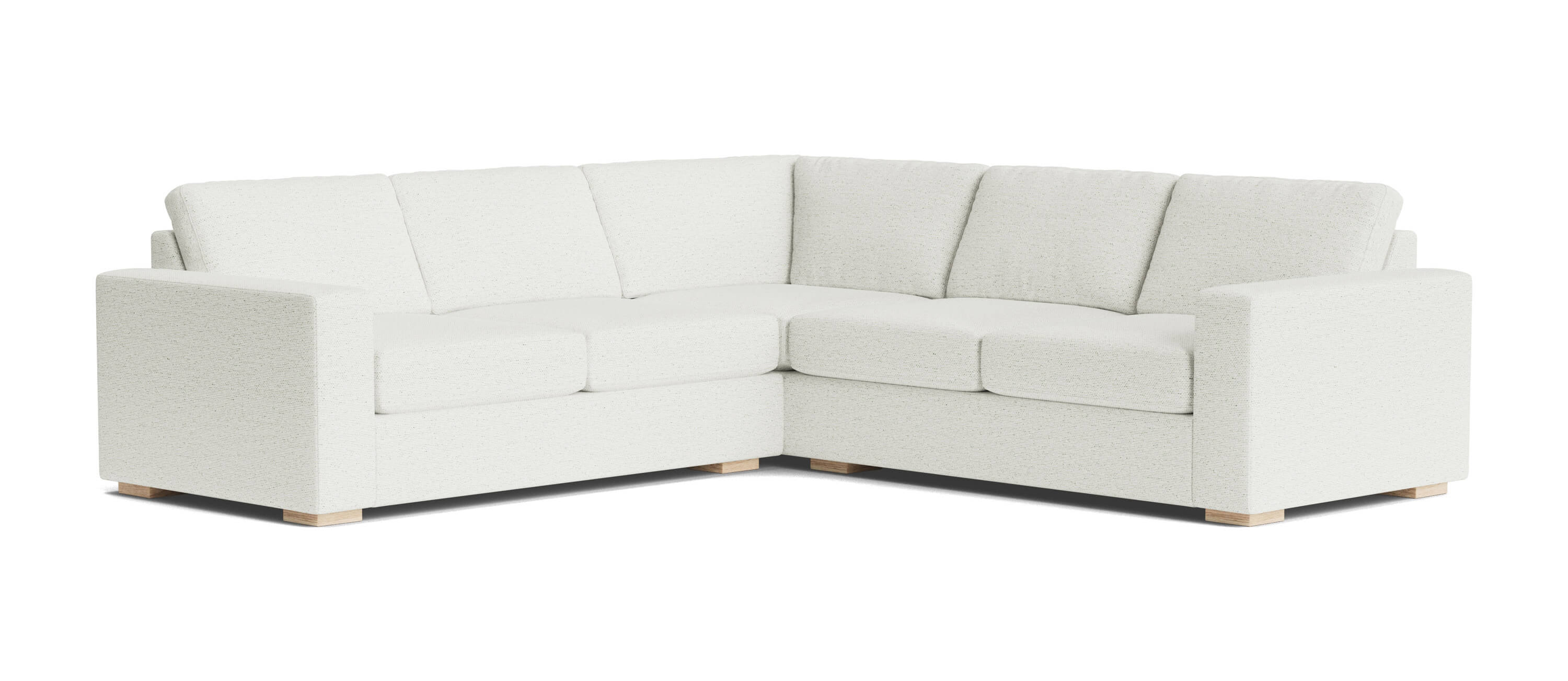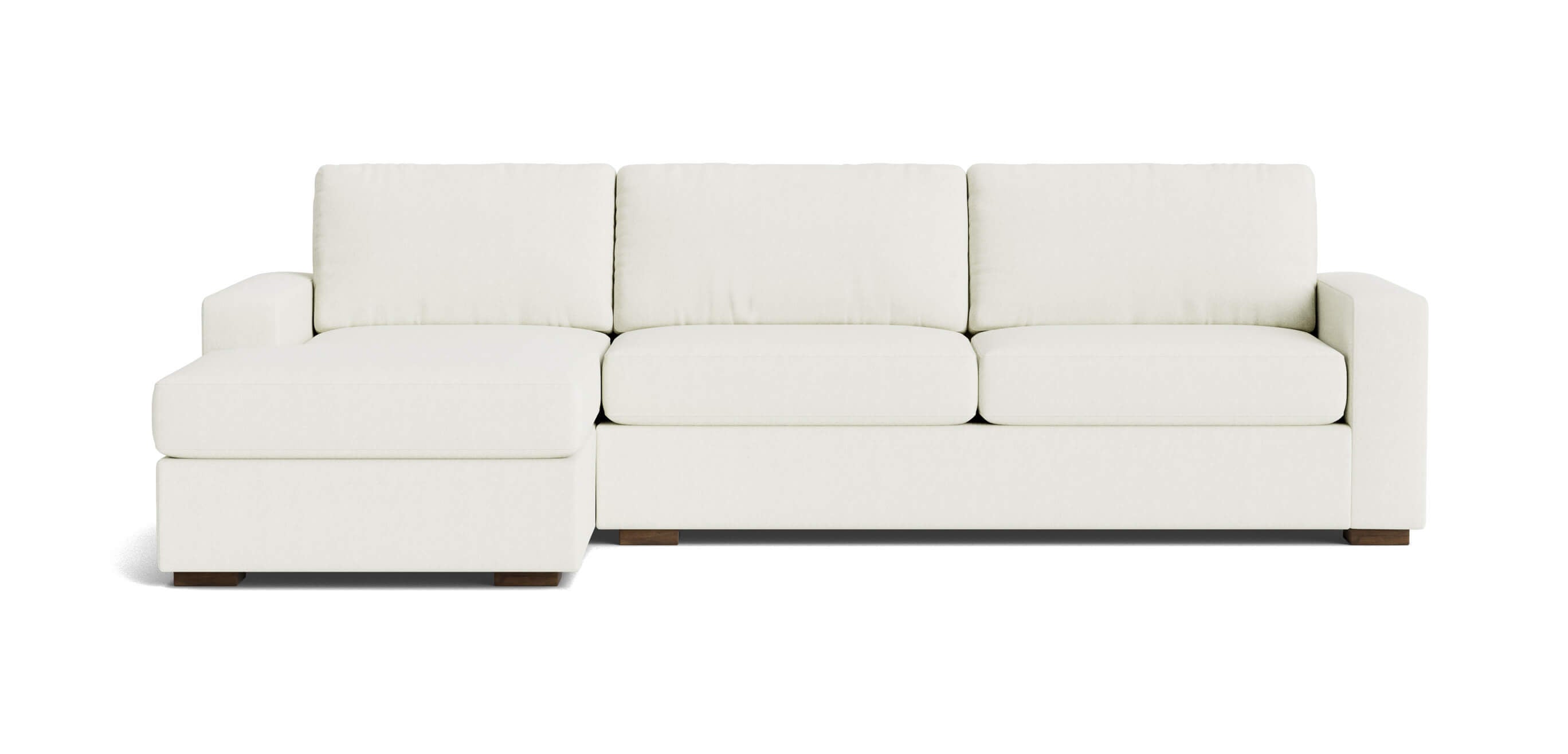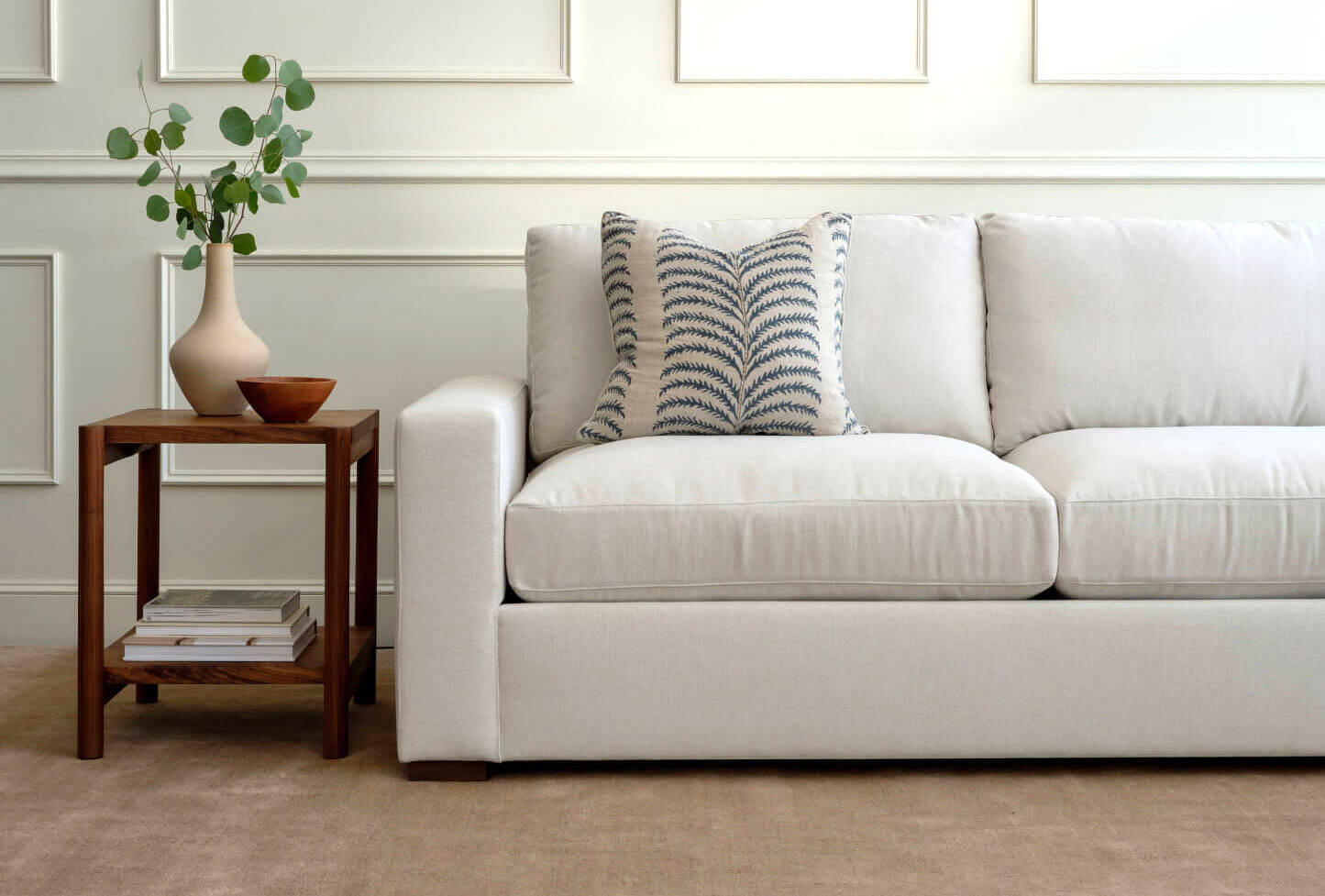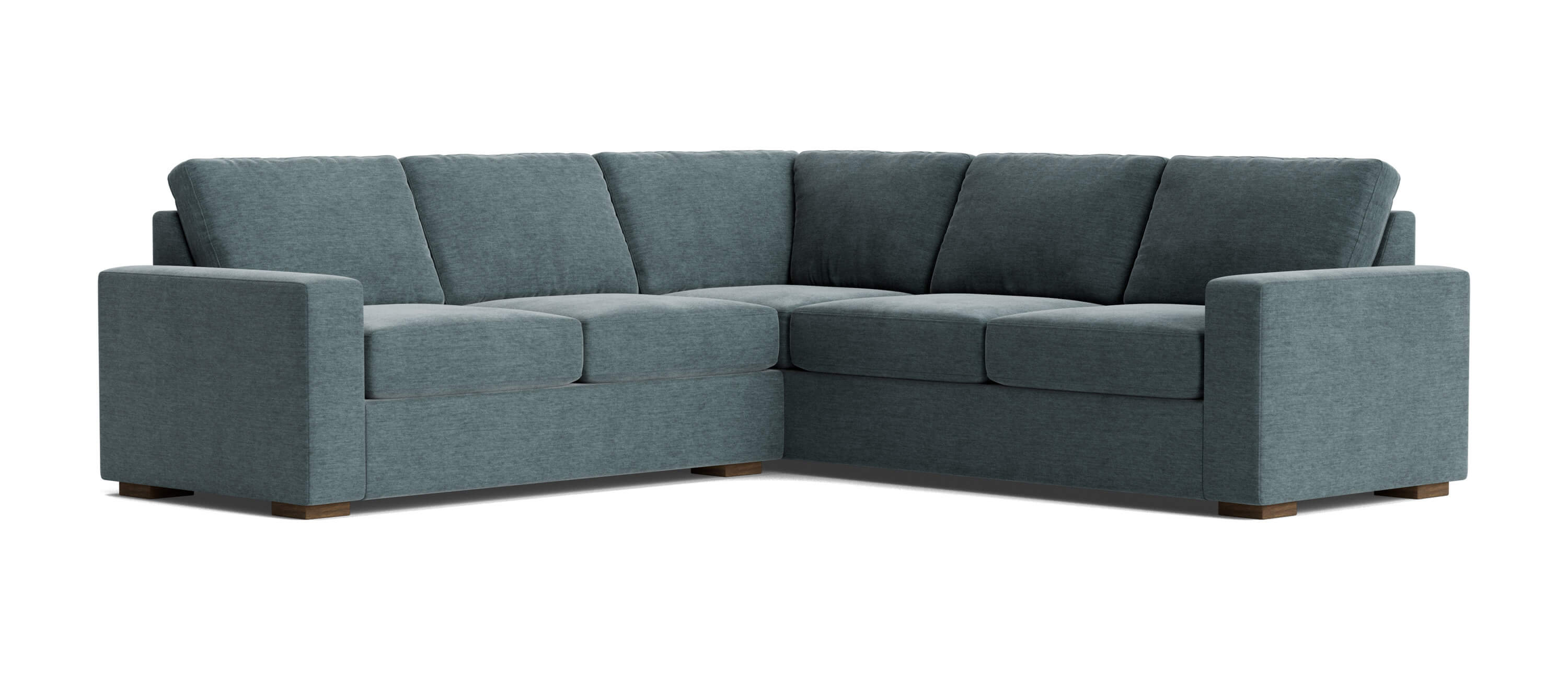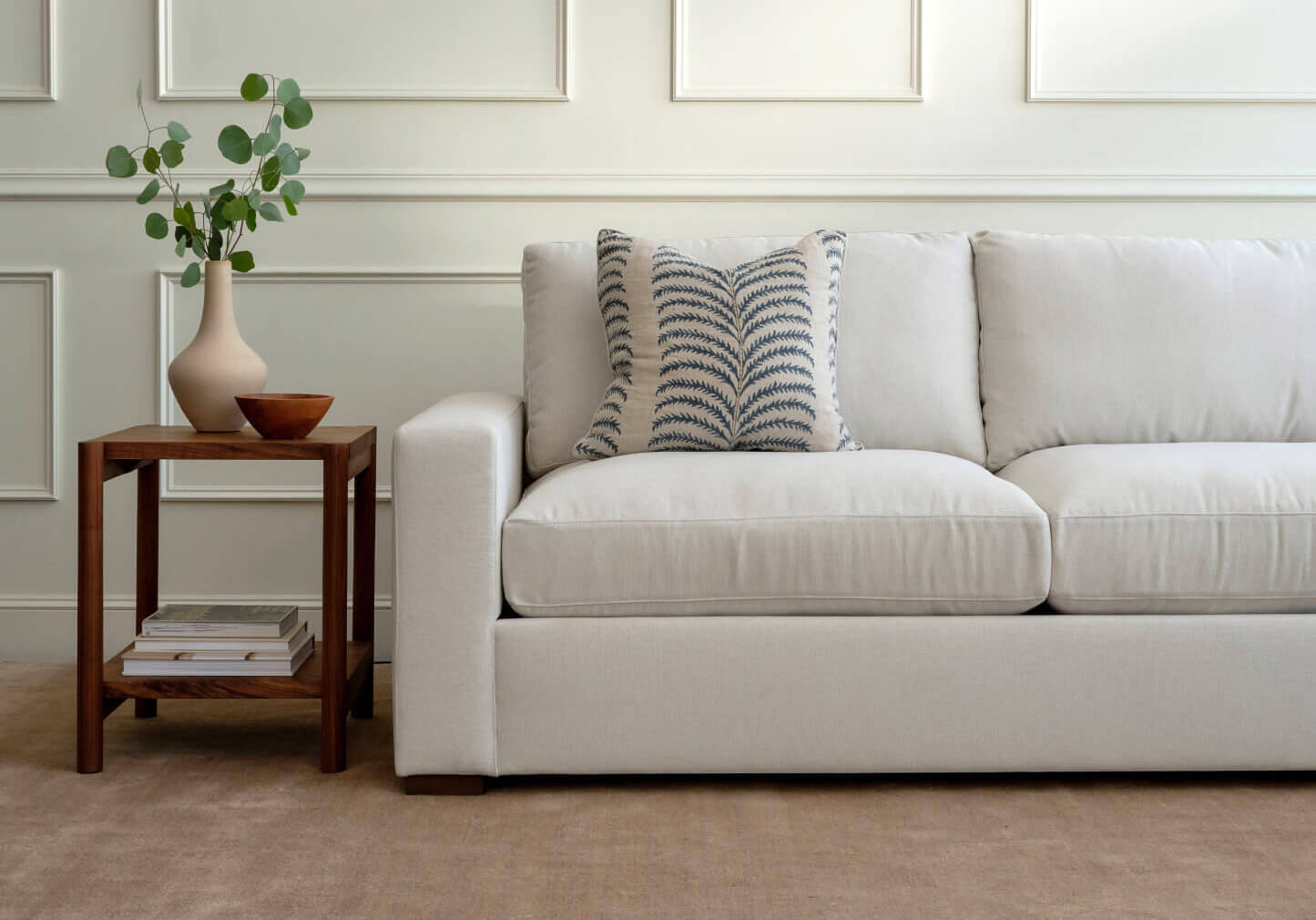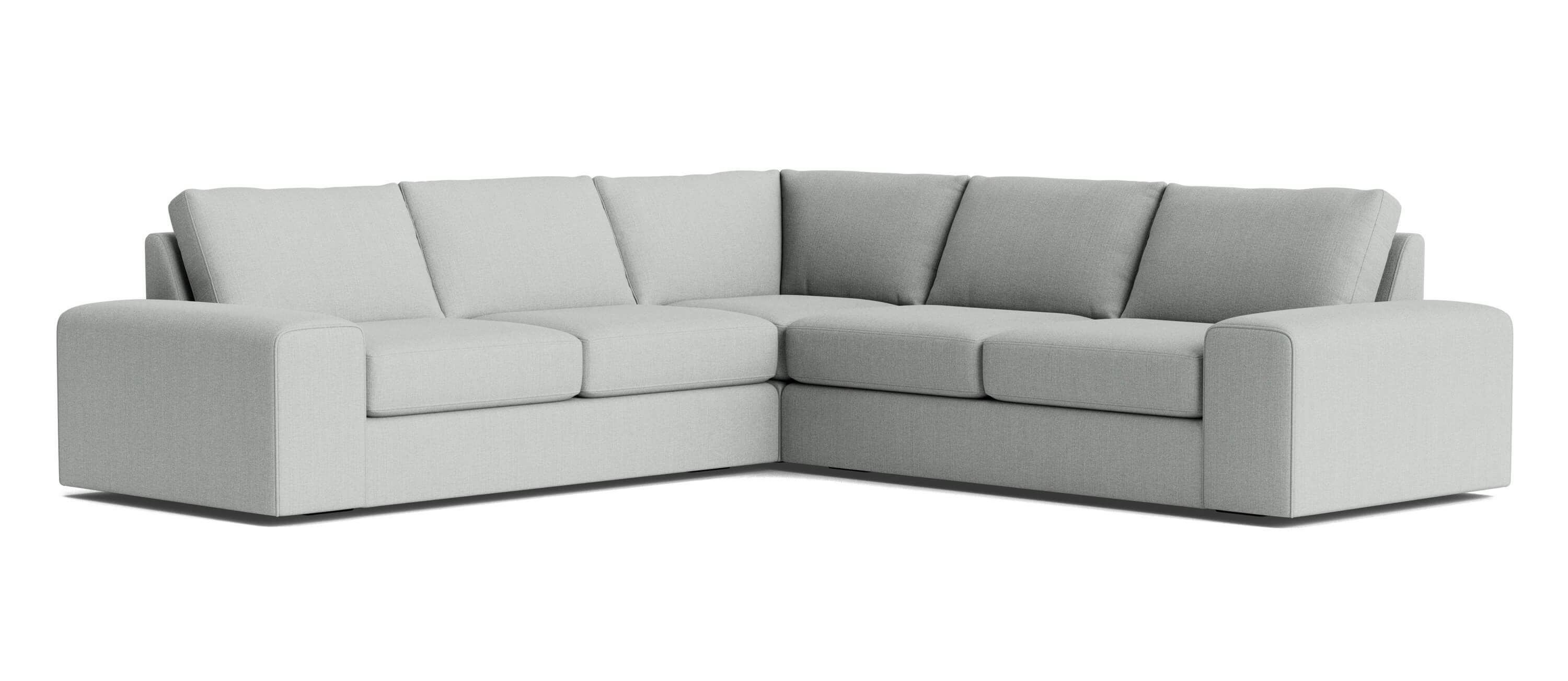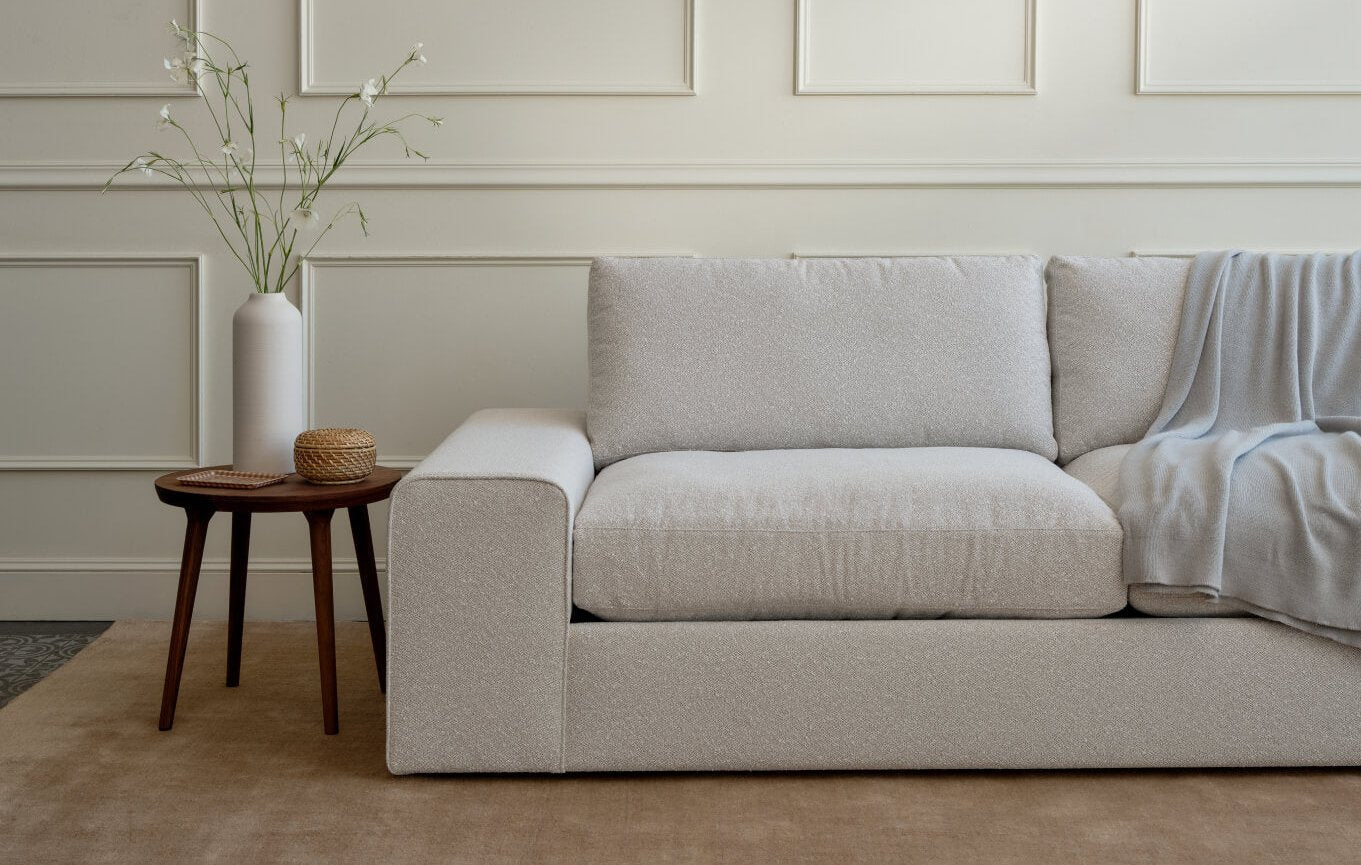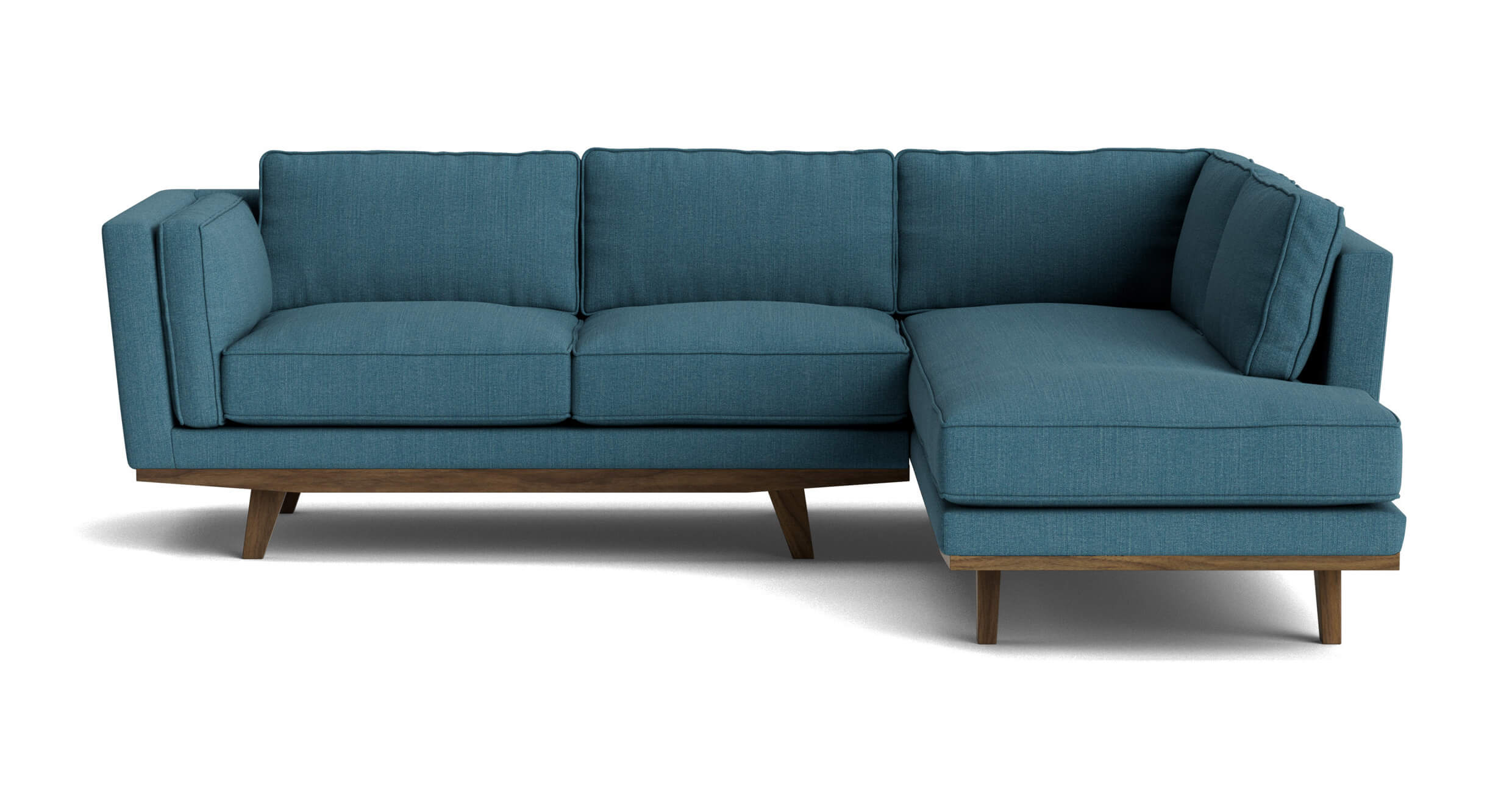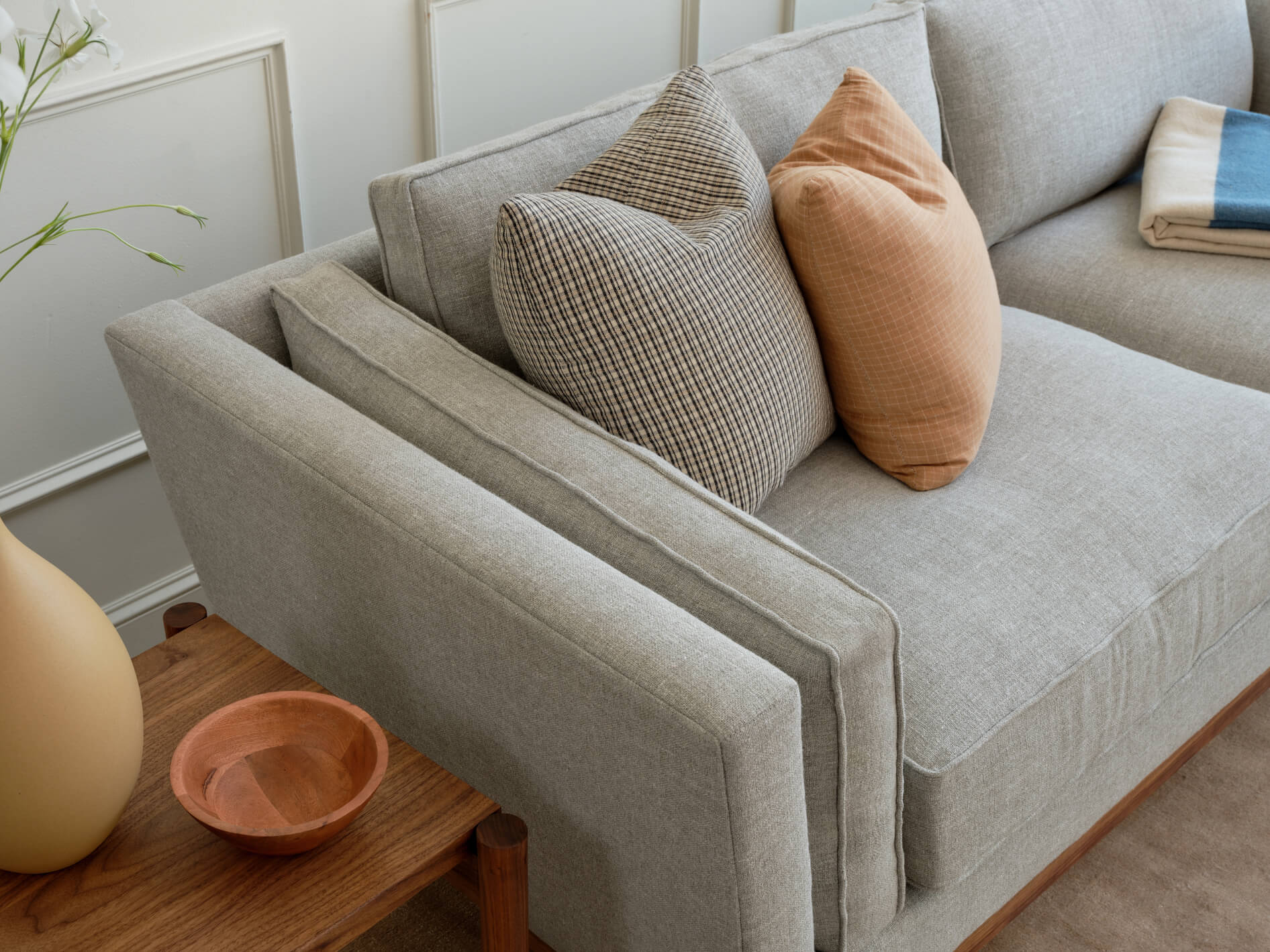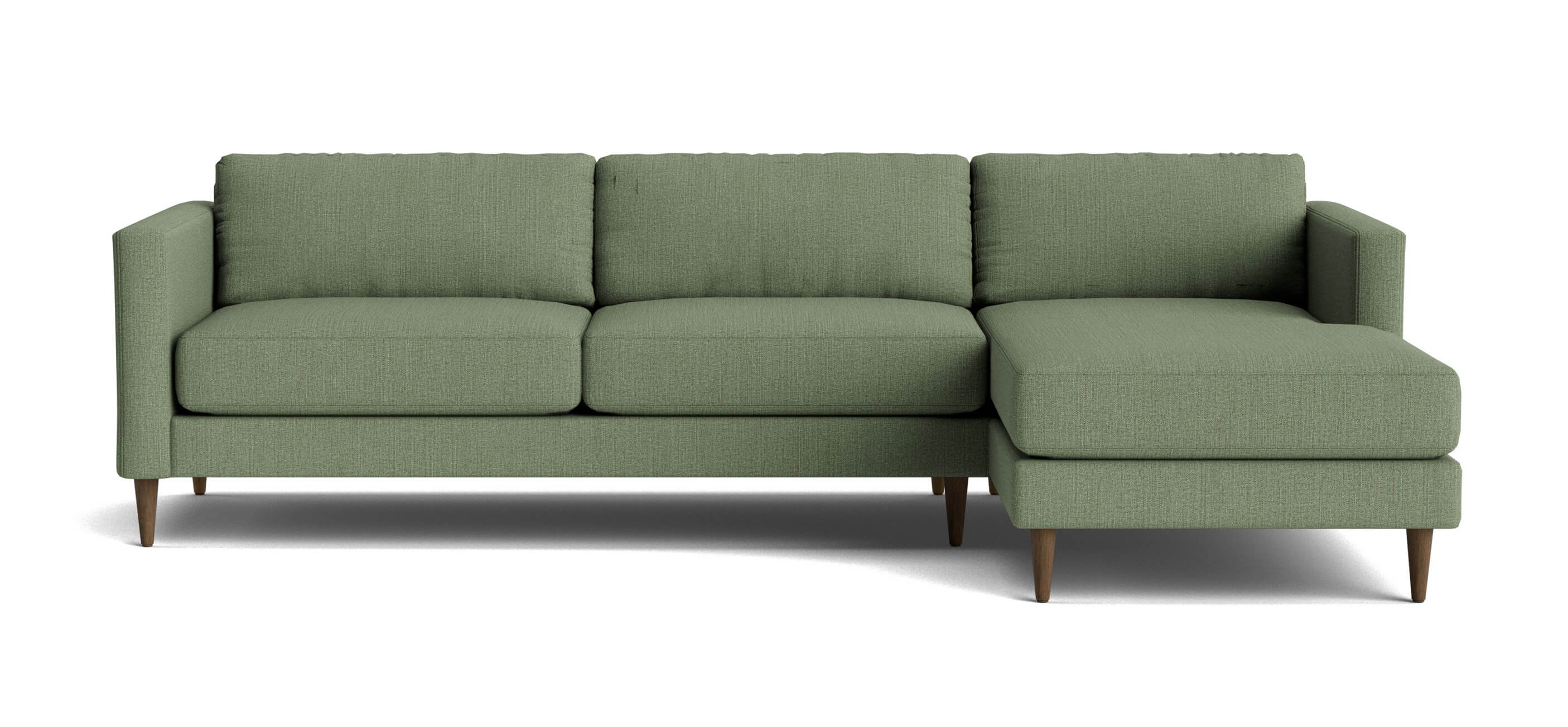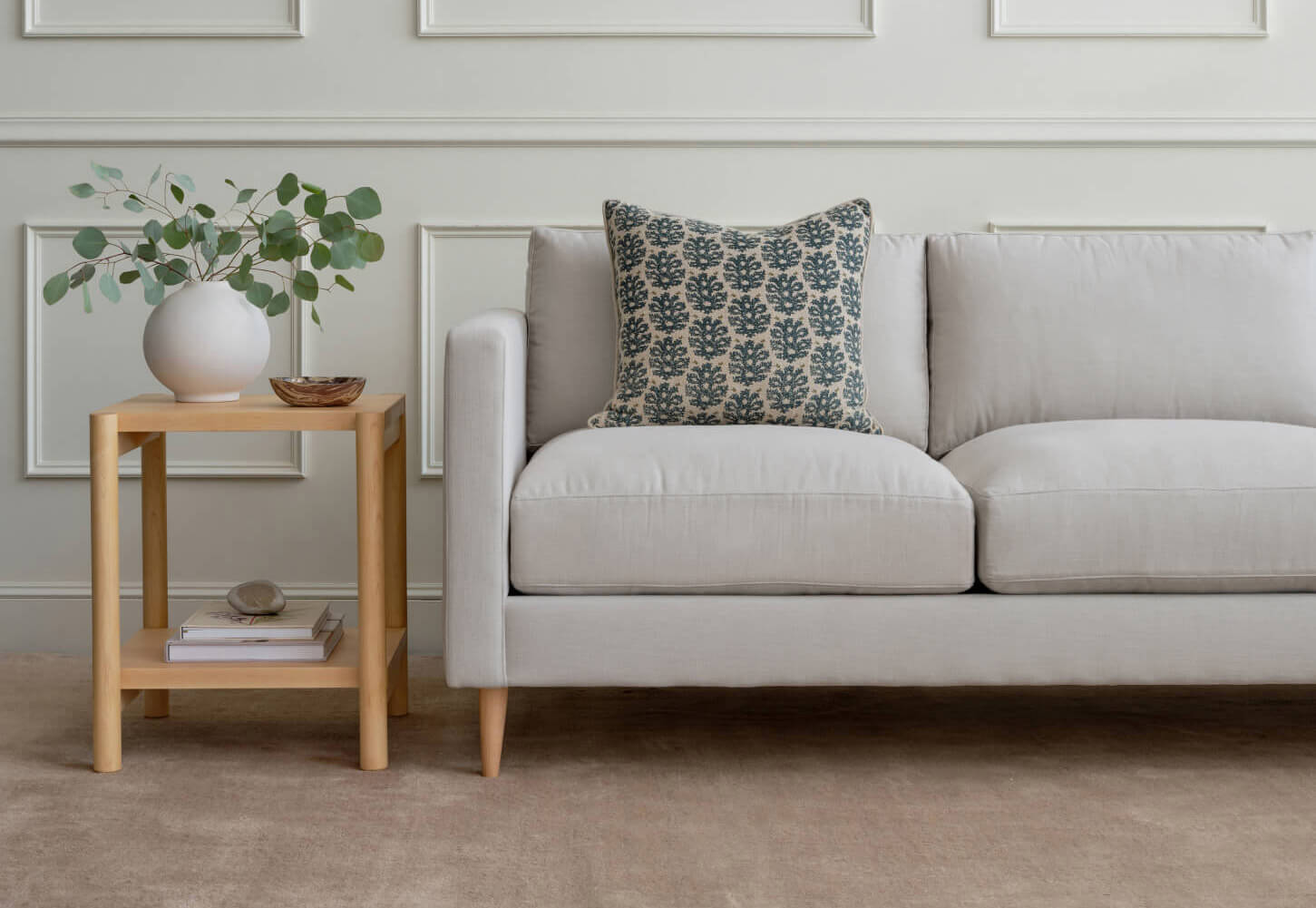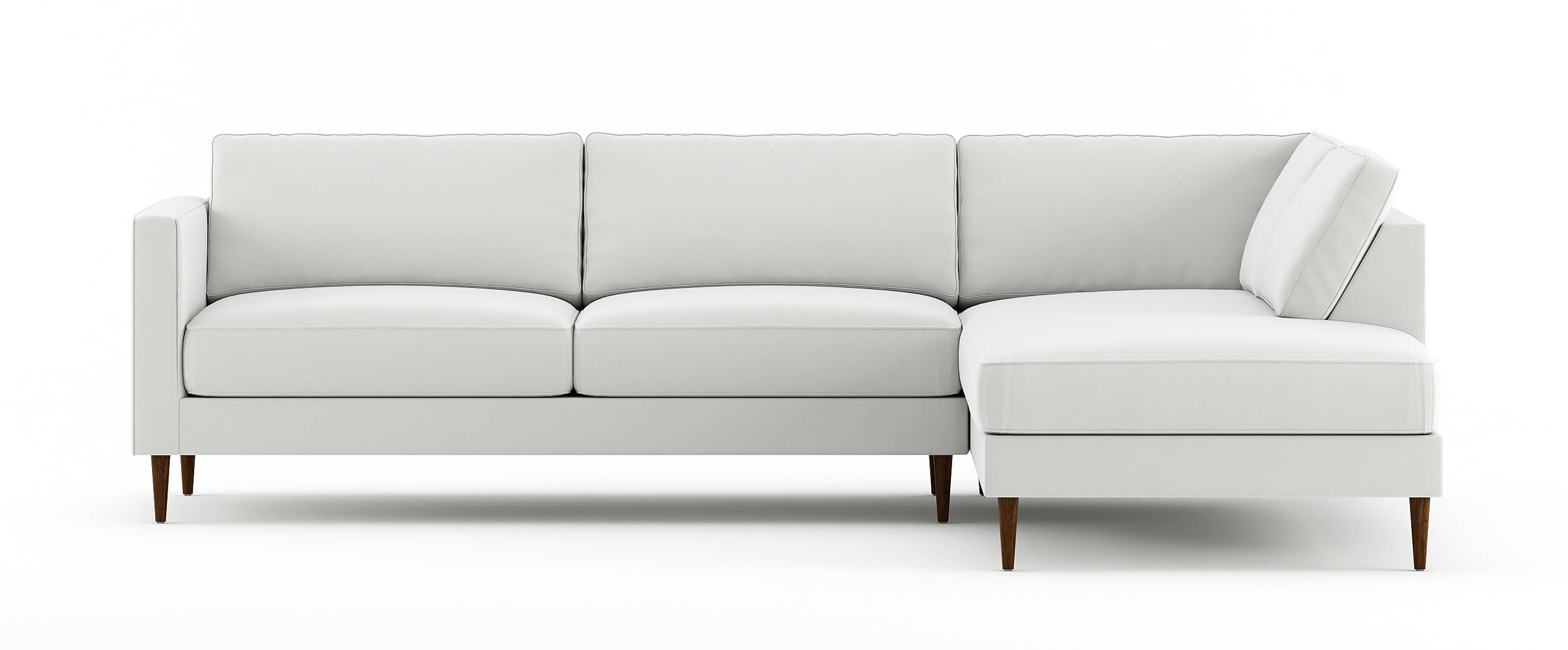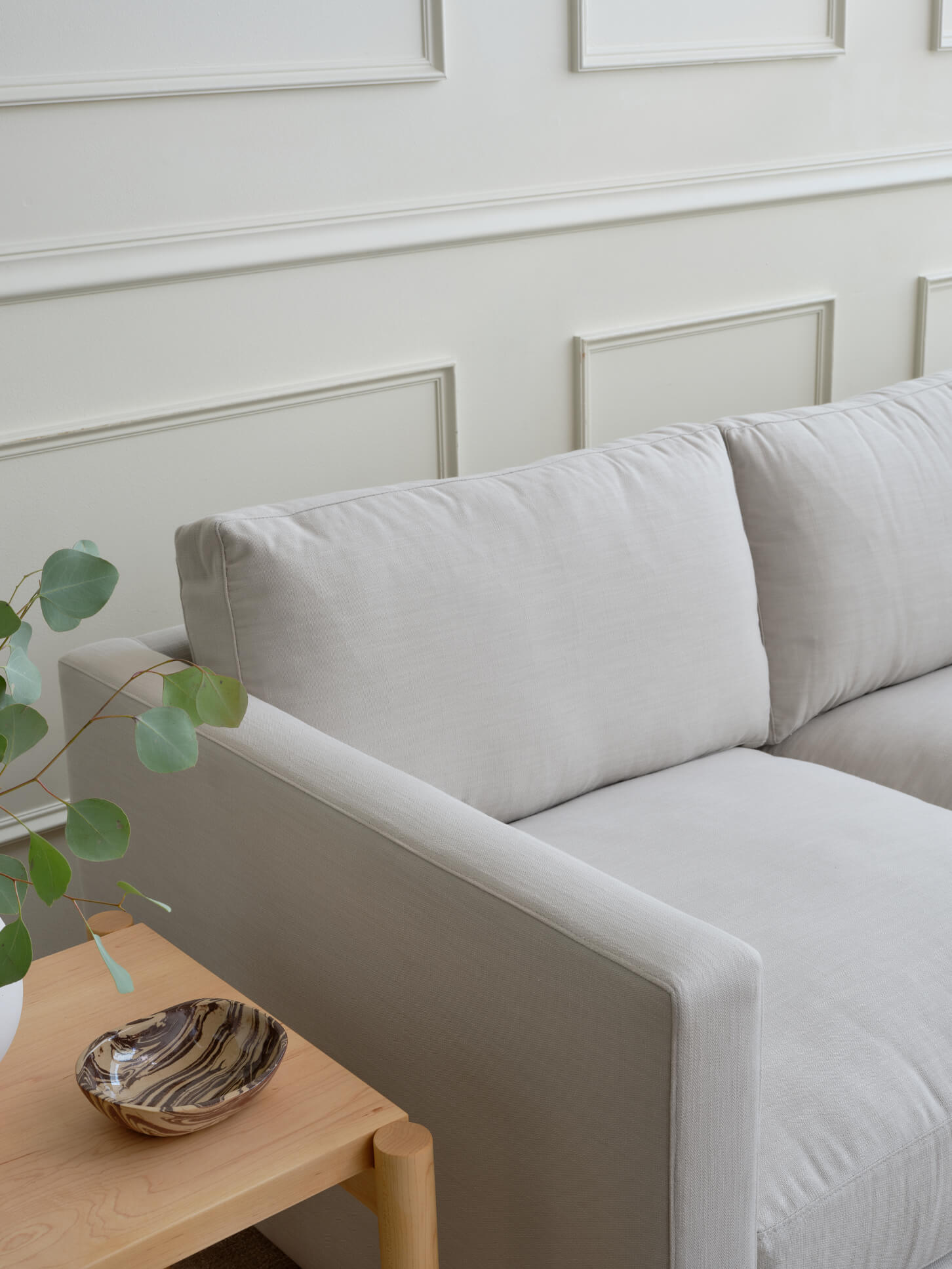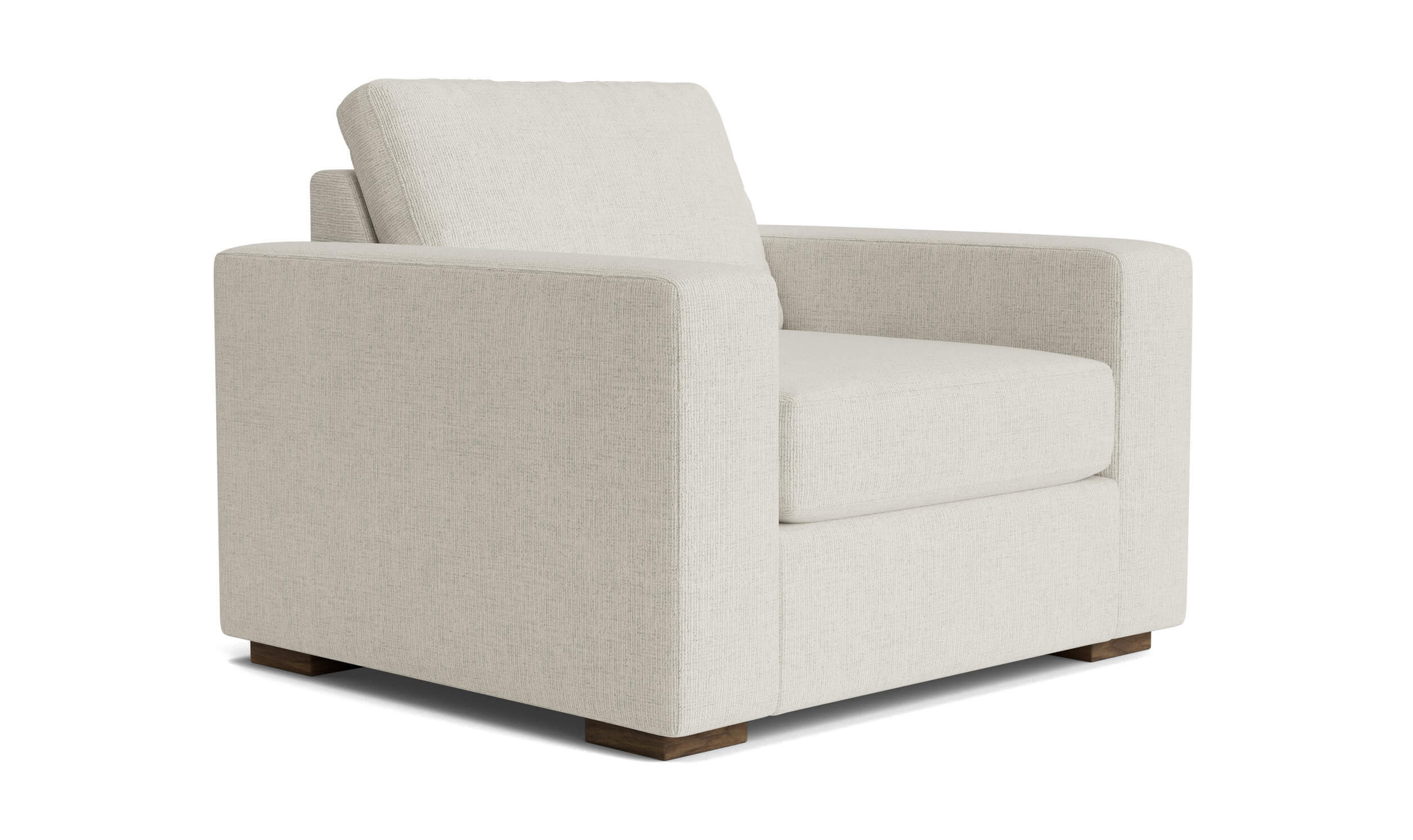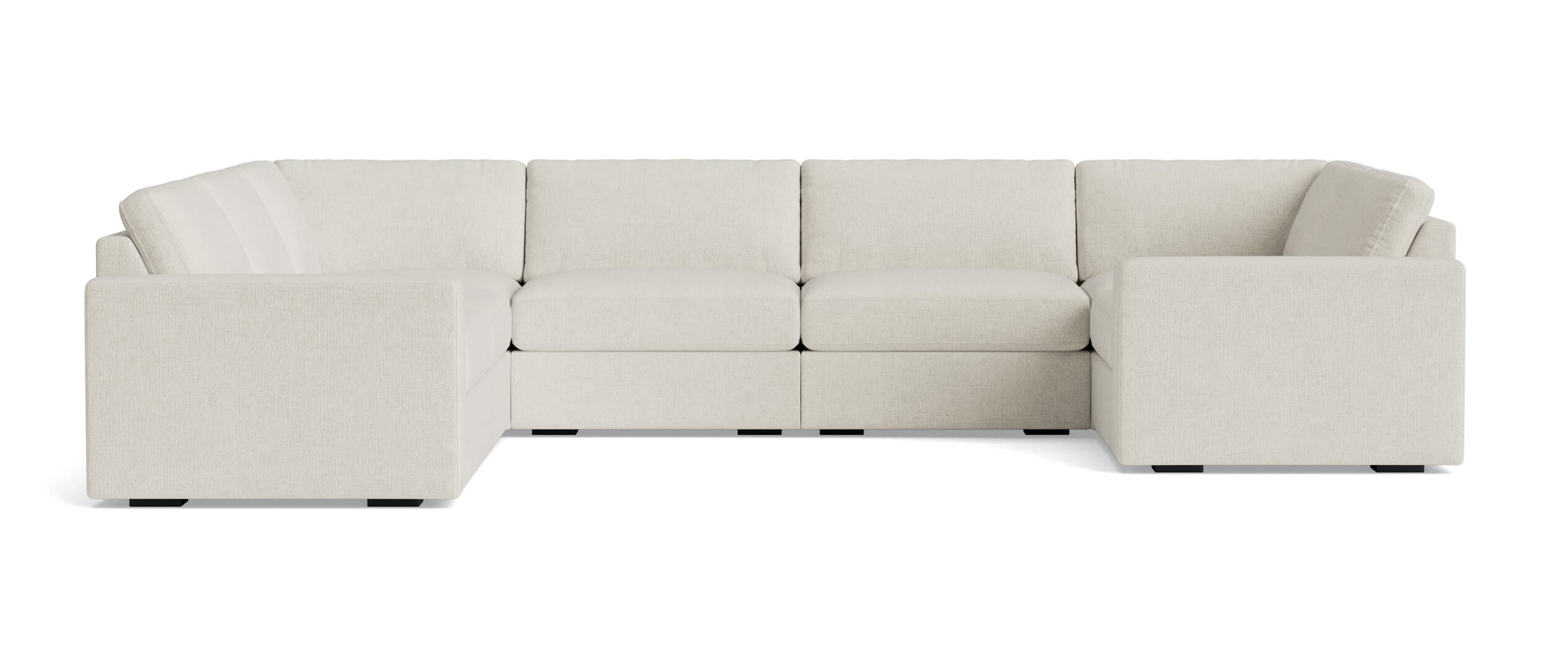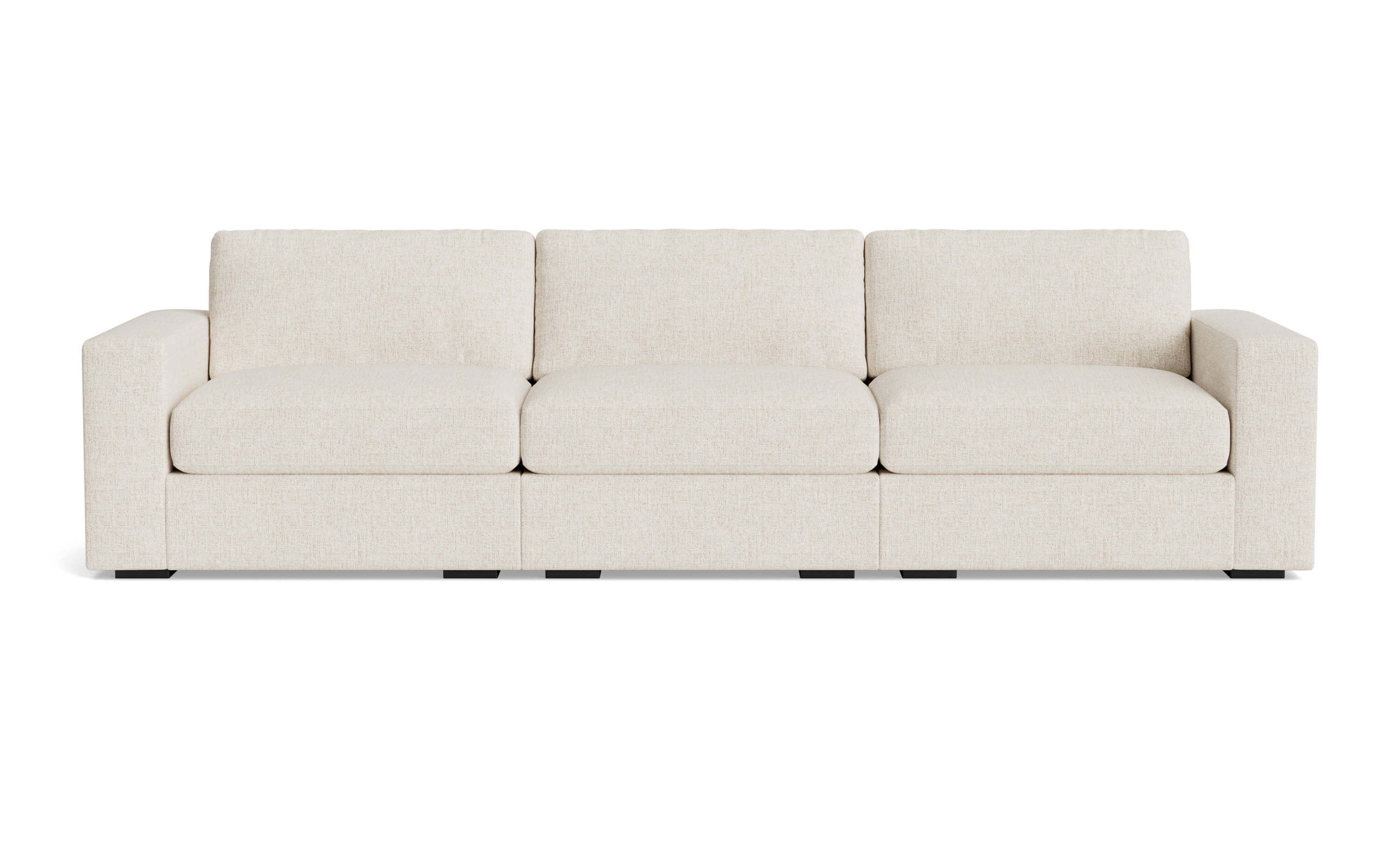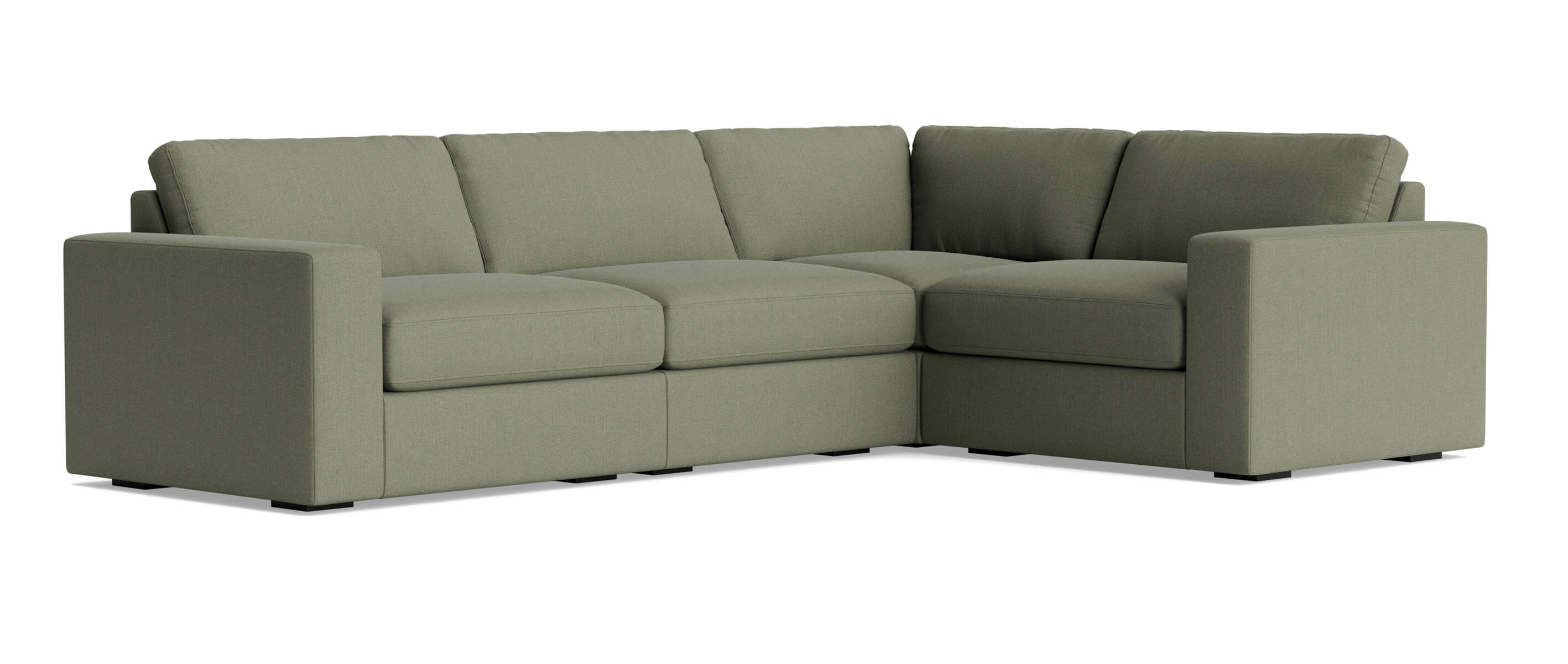Lindsay Dahl has been working at the forefront of environmental health and climate change movements for over two decades, working to eliminate toxic chemicals from consumer products through policy and market shifts. She has been the lead strategist for the passage of over 30 laws aimed at better protecting public health, advancing consumer safety and addressing the urgency of climate change. Currently, she is the Chief Impact Officer at Ritual and sits on the Board of Directors for the non-profits Toxic Free Future and Chamber of Mothers.
She's also the author of CLEANING HOUSE: The Fight to Rid our Homes of Toxic Chemicals, a non-fiction memoire that unpacks the science, politics and culture of today’s clean living movement. CLEANING HOUSE is why we've gathered here today, to chat with Lindsay about one of the most problematic product categories in our homes, which often hides in plain sight: furniture.
Here at Medley, we've been hand-picking quality, certified materials for 20 years — and we couldn't think of a better person to talk to about navigating this often-complex space than Lindsay. For a deep dive into Lindsay's social efforts, her opinions regarding consumer safety and greenwashing, and the dangers of social media misinformation, read on.
If you could get everyone to understand one thing about the importance of avoiding toxic chemicals in our homes, what would it be?
The furniture in our homes is one of the most important sources of toxic chemical pollution and the most easily overlooked. Many people, when they learn about toxic chemicals in consumer products, shift to think about beauty and personal care products (still important product categories) but they don’t realize that couches are often treated with PFAS (nicknamed “forever chemicals”), since they stick around in our bodies and environment, and flame retardants, a class of chemicals linked to various negative health impacts including hormone disruption and cancer. While purchasing safer furniture is an investment, it’s one that is worth saving for.
What has been difficult as you advocate for the removal of toxic chemicals from consumer products?
Twenty years ago, the largest hurdle was that people were largely unfamiliar with the fact that our weak federal laws allowed various toxic chemicals into our homes, products, water and air. Today the challenge has shifted, and unfortunately, misinformation on social media has made a straightforward consumer safety issue muddy. I see how social media has started to make toxic chemicals an us vs. them issue, which I want to work hard to stop. It’s part of the reason why I wrote CLEANING HOUSE, since I felt short clips on social media were losing the nuanced middle ground. We all deserve safer products, and must not let fearmongering or outright dismissal of this body of science slow our amazing progress from the last several decades.
Why is the standard for our home environment just as important as our focus on wellness and beauty?
Peer-reviewed research shows that nearly every family in the U.S. has varying types and levels of PFAS and flame retardants in our bodies, and the primary exposure to those is through the furniture we have in our homes. Our children are impacted in more significant ways too: a study showed that children in California had 4x the levels of flame retardants compared to their parents, due to their increased play time on the floor and couches.
When I first started learning about this over 20 years ago, I thought the migration of flame retardants from our couches to our bodies must be insignificant. The reality is the levels of certain flame retardants we are exposed to from our furniture and household dust are the same levels that have shown adverse health endpoints in scientific studies.
How would you suggest everyday people help push for safer products in a constructive way?
Never underestimate our power as consumers and as individuals. Due to the growing demand for safer products, companies like Medley are able to thrive. Companies making the right, hard choices, deserve and need our support. We also know that safer and sustainable products can sometimes come at a cost premium which is not affordable to everyone. For that reason I encourage people to also call their state and federal elected officials and ask for outright bans on classes of problematic chemicals like flame retardants and PFAS. I’ve seen firsthand the power of these grassroots phone calls: in my career I’ve helped pass over 30 consumer safety laws, all of which were bipartisan, and they all passed due to support from individuals.

How can consumers stay sane while navigating a world full of potential toxic chemicals?
I cover in my book CLEANING HOUSE that you can’t let perfection be the goal. We can’t shop our way to safety. I think it’s important to prioritize the largest sources of exposure in our homes (furniture, mattresses, cookware, building materials) and save your energy for larger systemic change. I also share certifications that can help simplify purchasing decisions, like OEKO-TEX and MADE SAFE.
How can consumers find brands we can truly trust while navigating constant greenwashing?
I encourage people to ask hard questions of the brands they buy from, and most importantly, ask those companies to share their safety and sustainability work publicly on their website. You’d be amazed how many companies make bold claims yet they don’t back it up with detailed information for consumers. This is something I appreciate about Medley’s approach.
Why did you choose Medley as a partner in launching Cleaning House?
I really appreciate your dedication to using the best materials from a safety and sustainability standpoint. You back up your work with certifications, and I love that you make your furniture here in the U.S. It was also important to me to partner with a brand that wasn’t wildly cost prohibitive for most, and I appreciate that you work hard to keep your products affordable given the high quality investments in safer materials.
What led you to pursue building your career to the venture it is today? What's next for you?
I’ve been an activist my whole career and writing CLEANING HOUSE was a professional dream of mine. I will continue to work hard in my day job leading corporate sustainability efforts for the women’s health supplement brand Ritual, and I will also continue to write on Substack about the important intersection of science, politics and culture when discussing toxic chemical pollution.
Thank you, Lindsay, for sitting down with us! For more about Lindsay, visit her website here.
For more resources our work at Medley, please visit:


